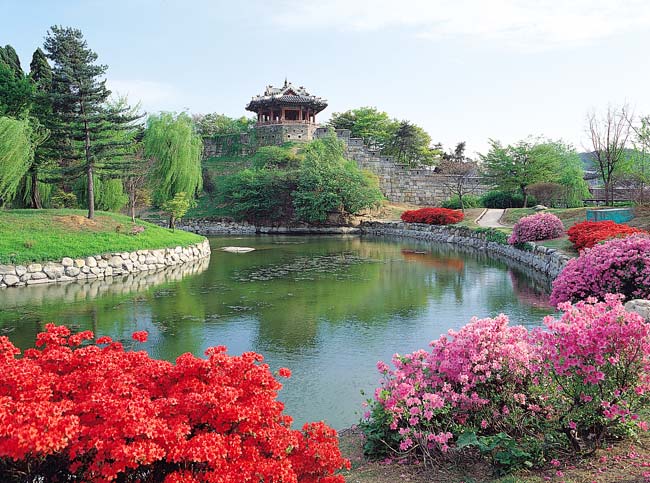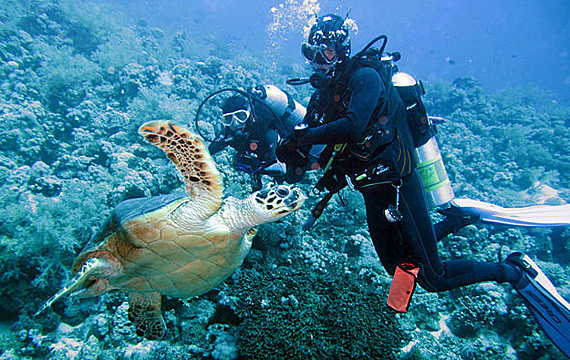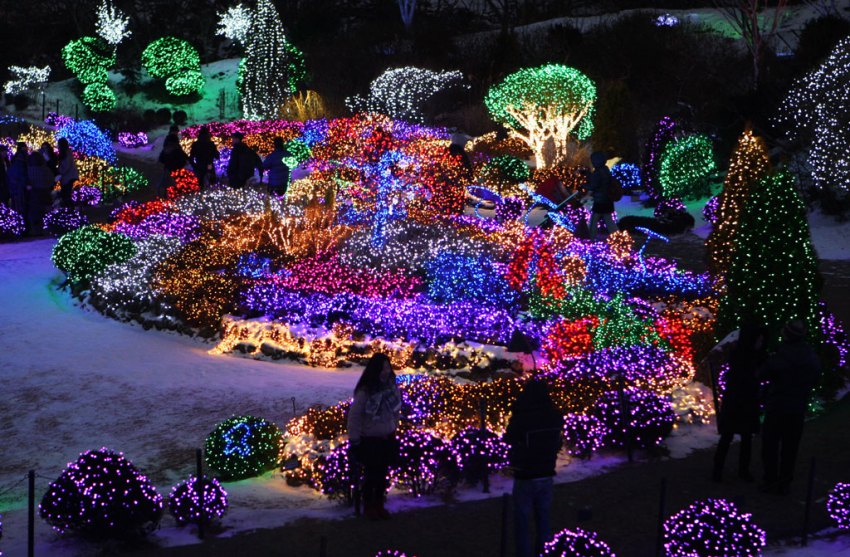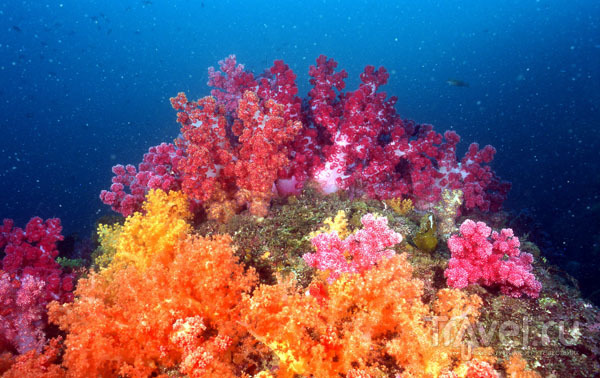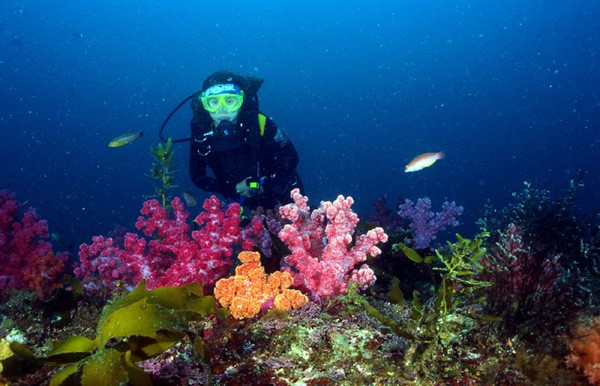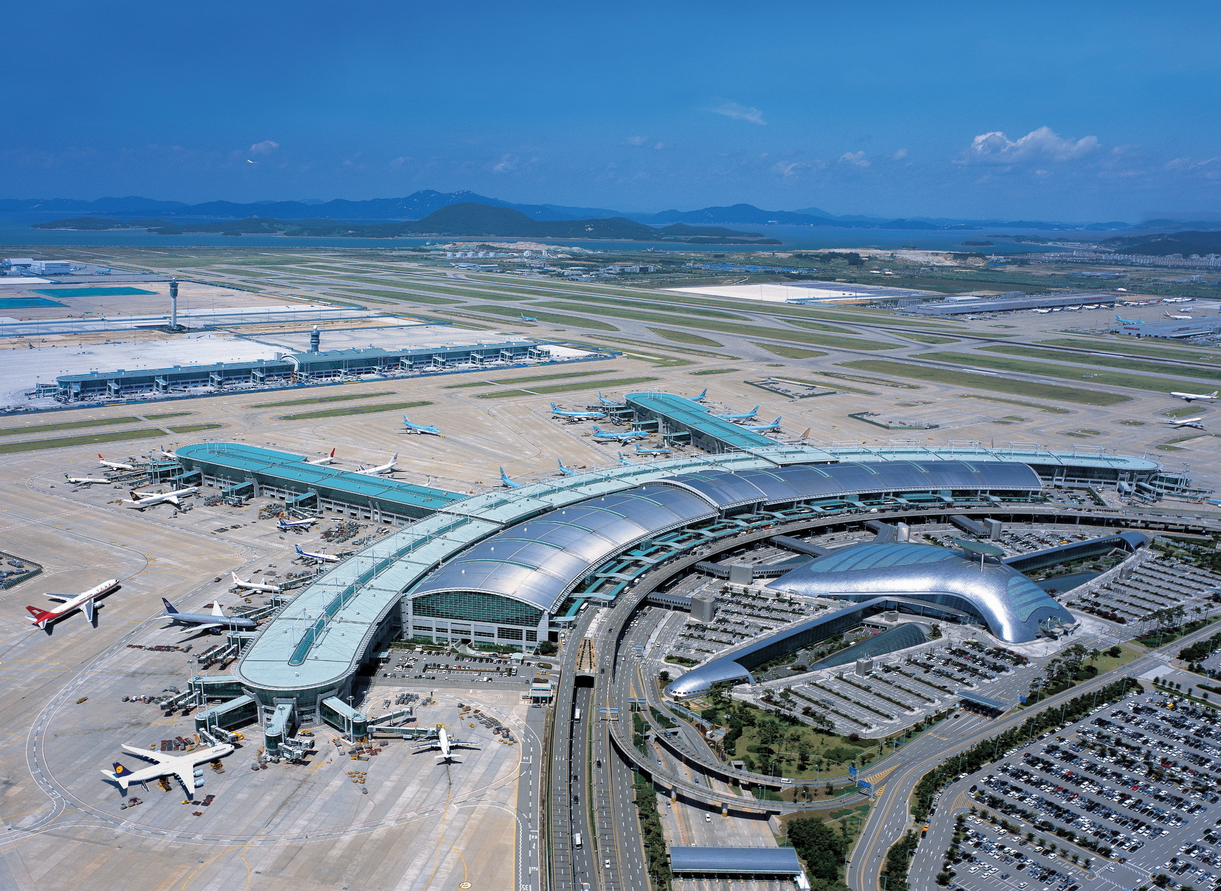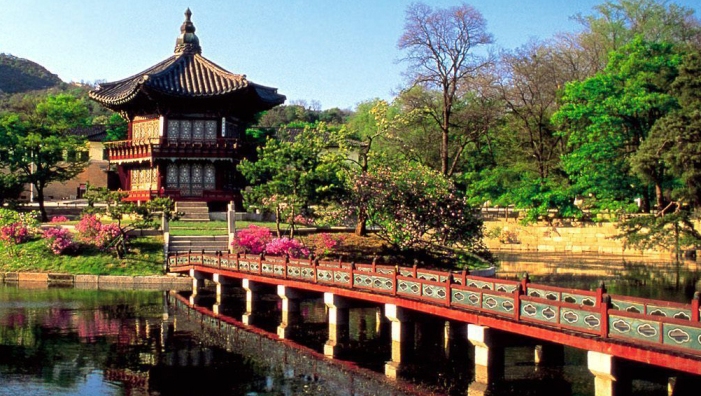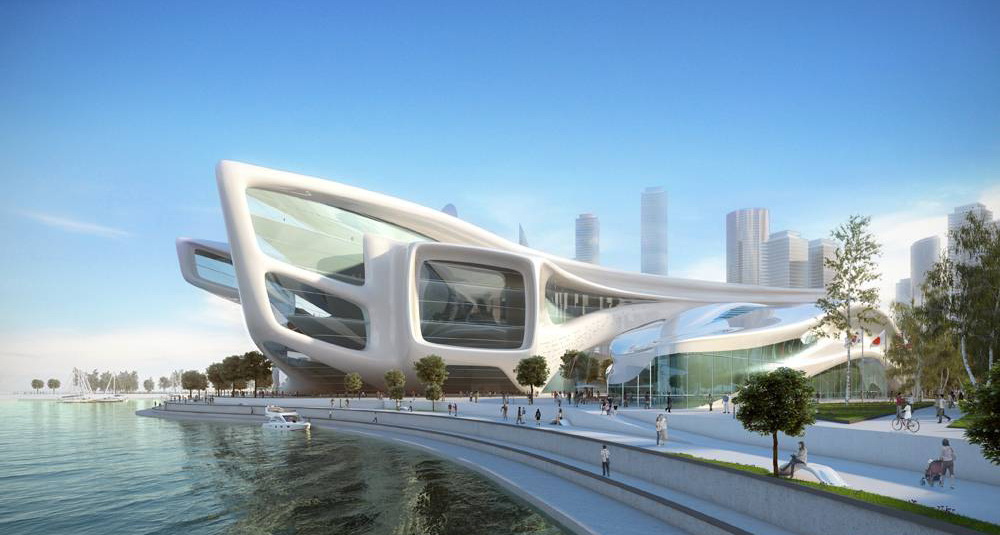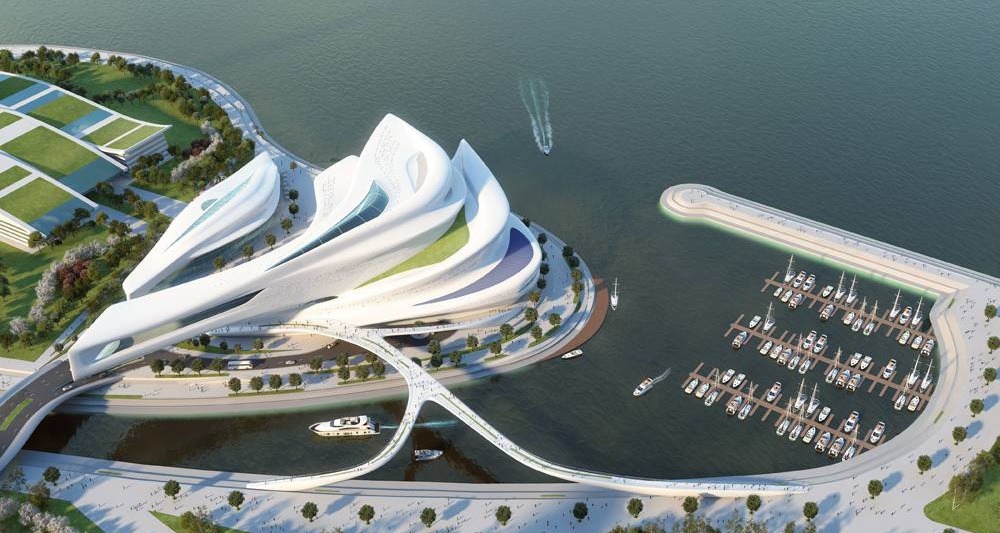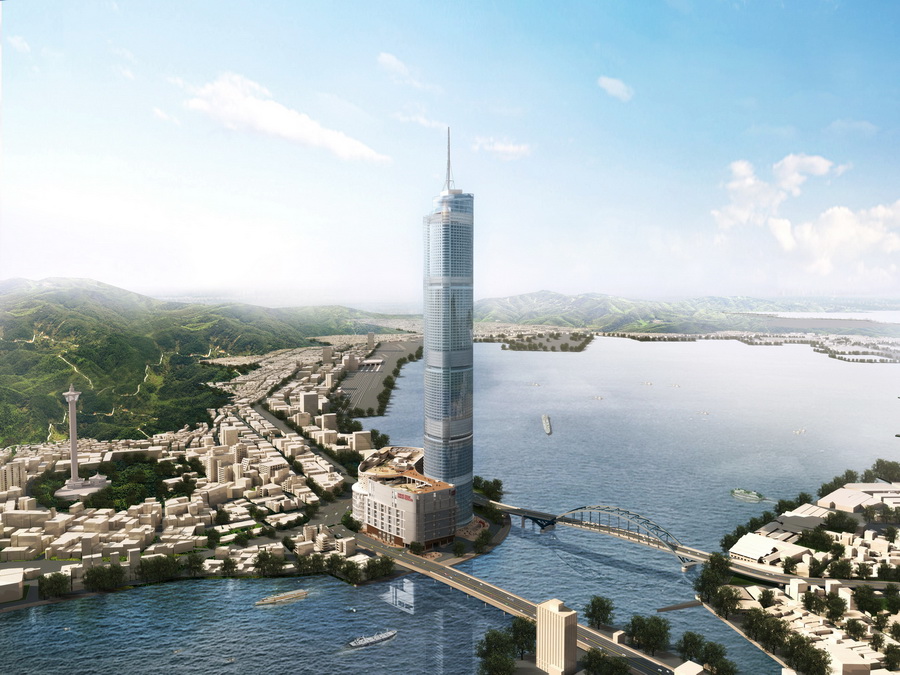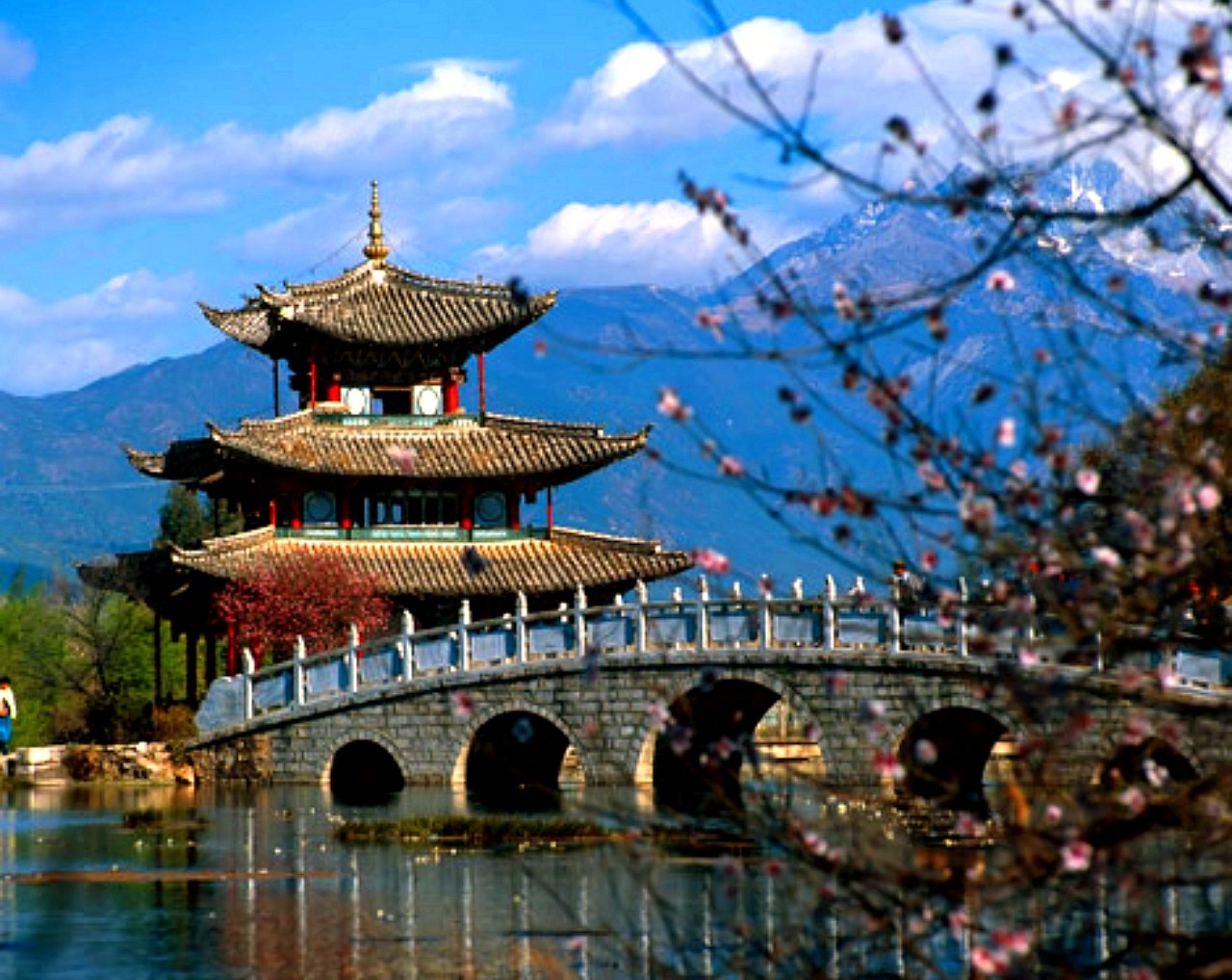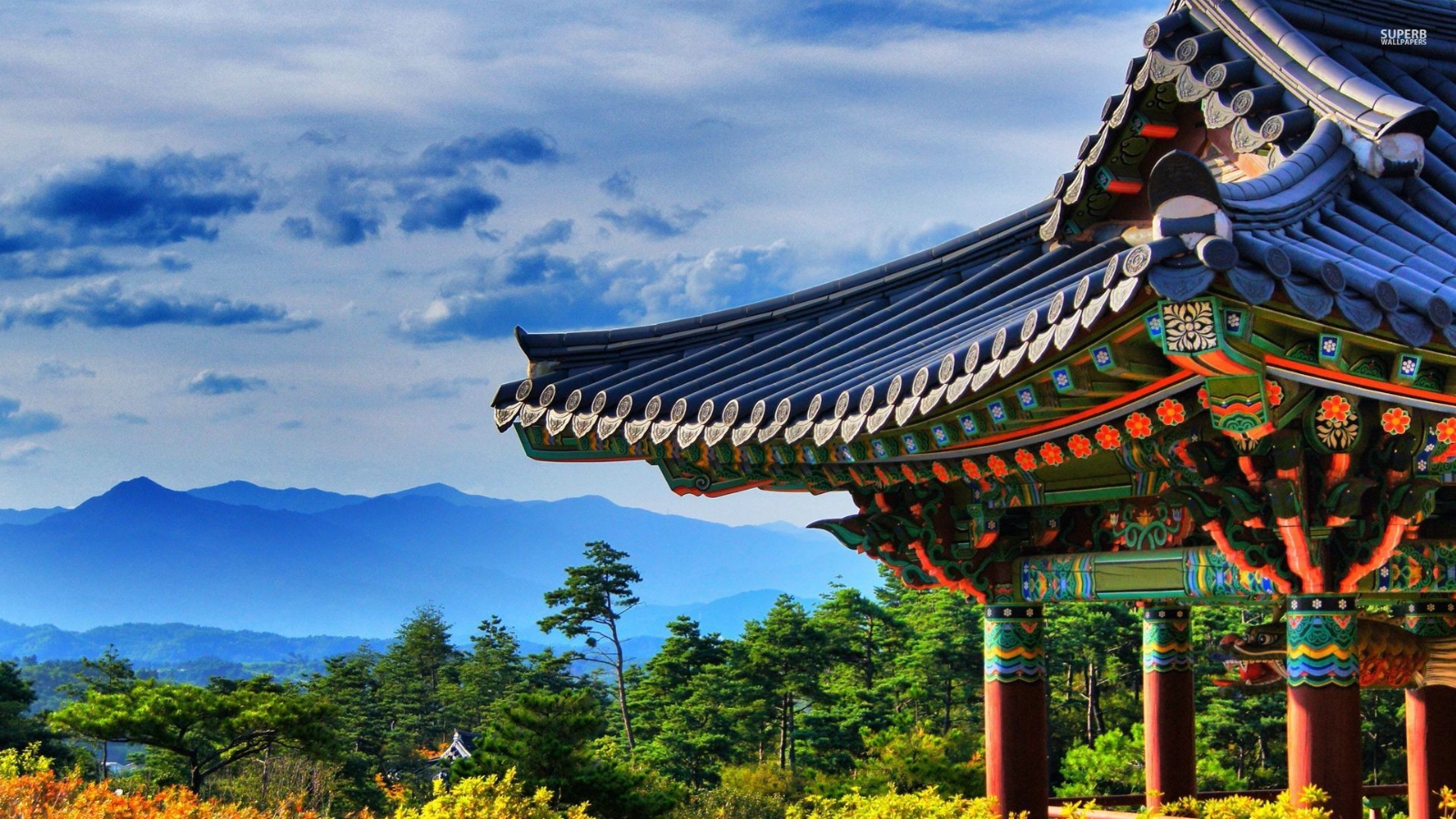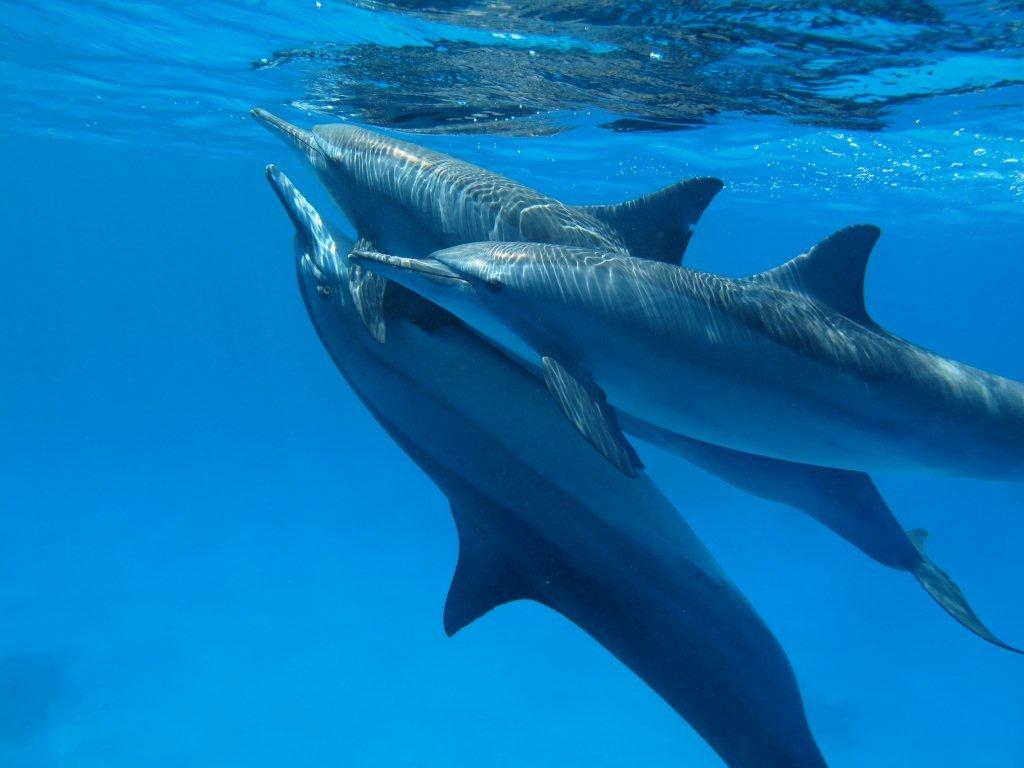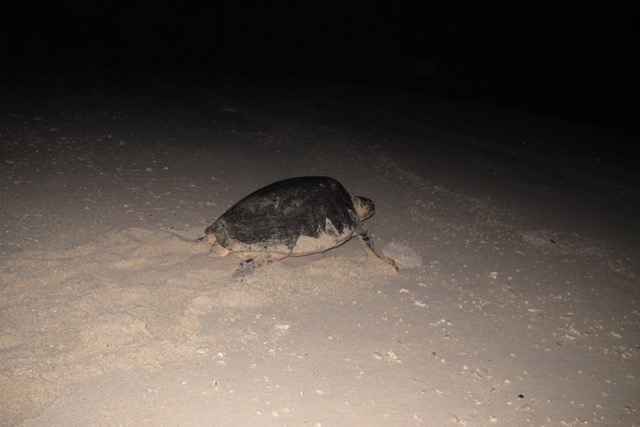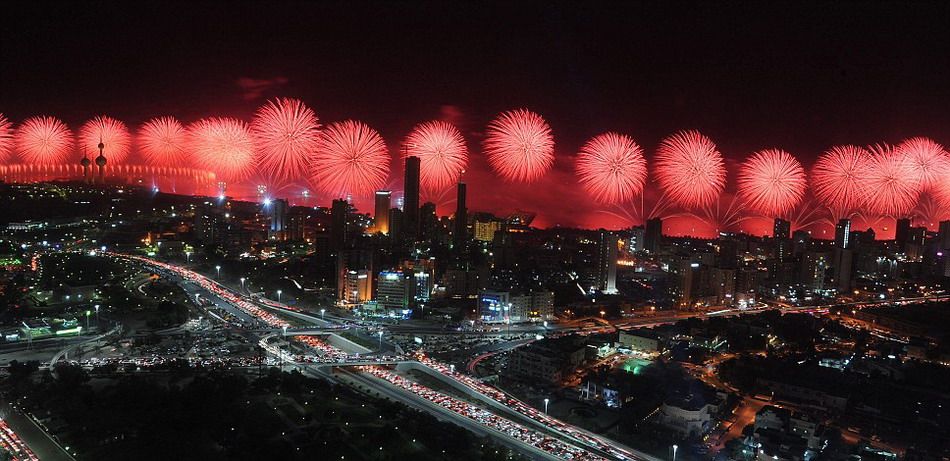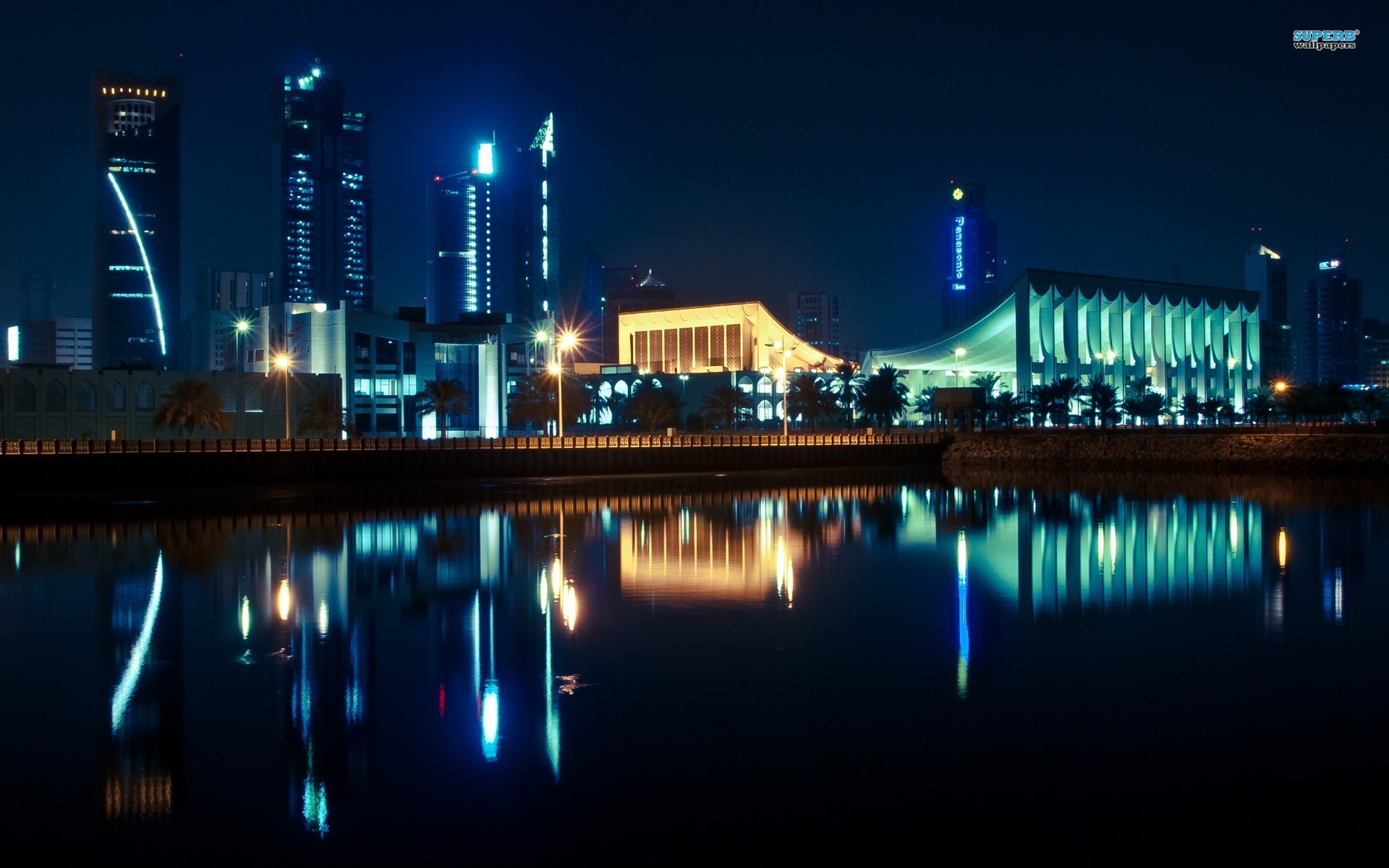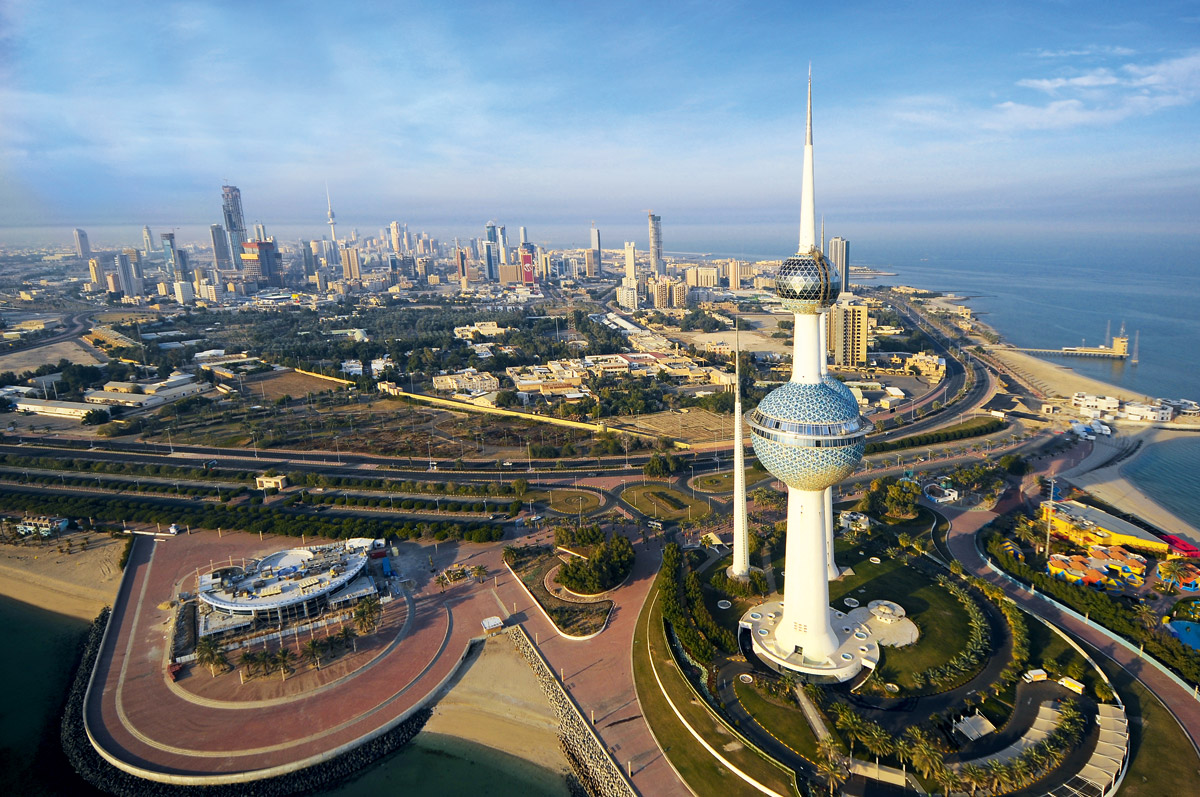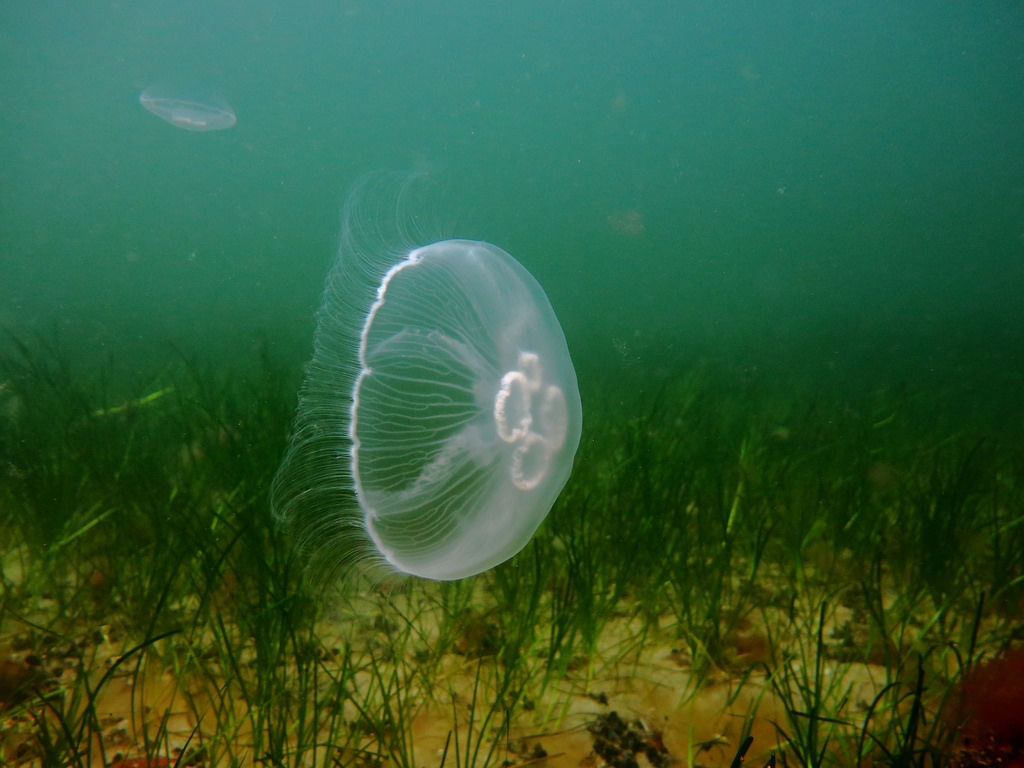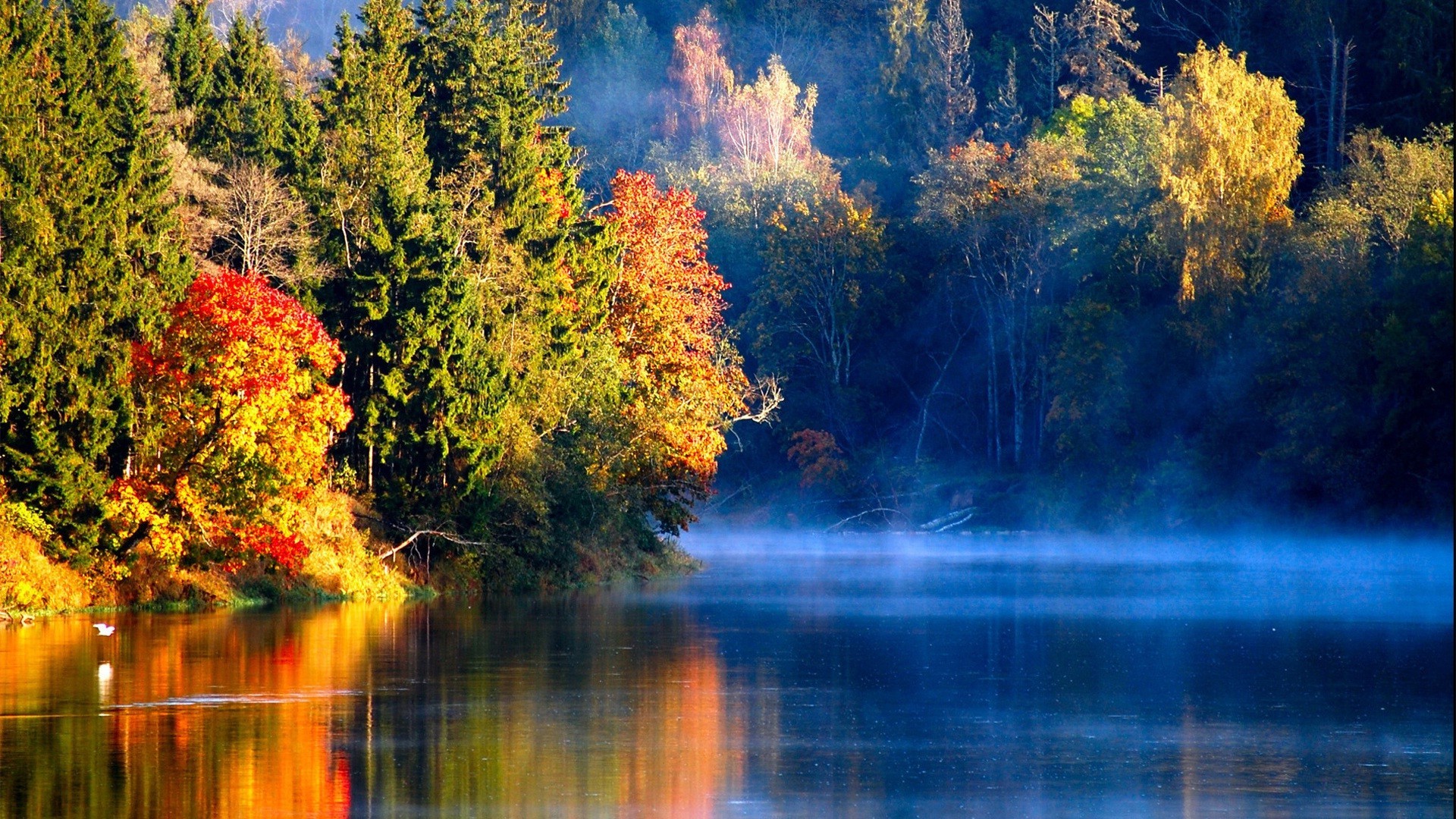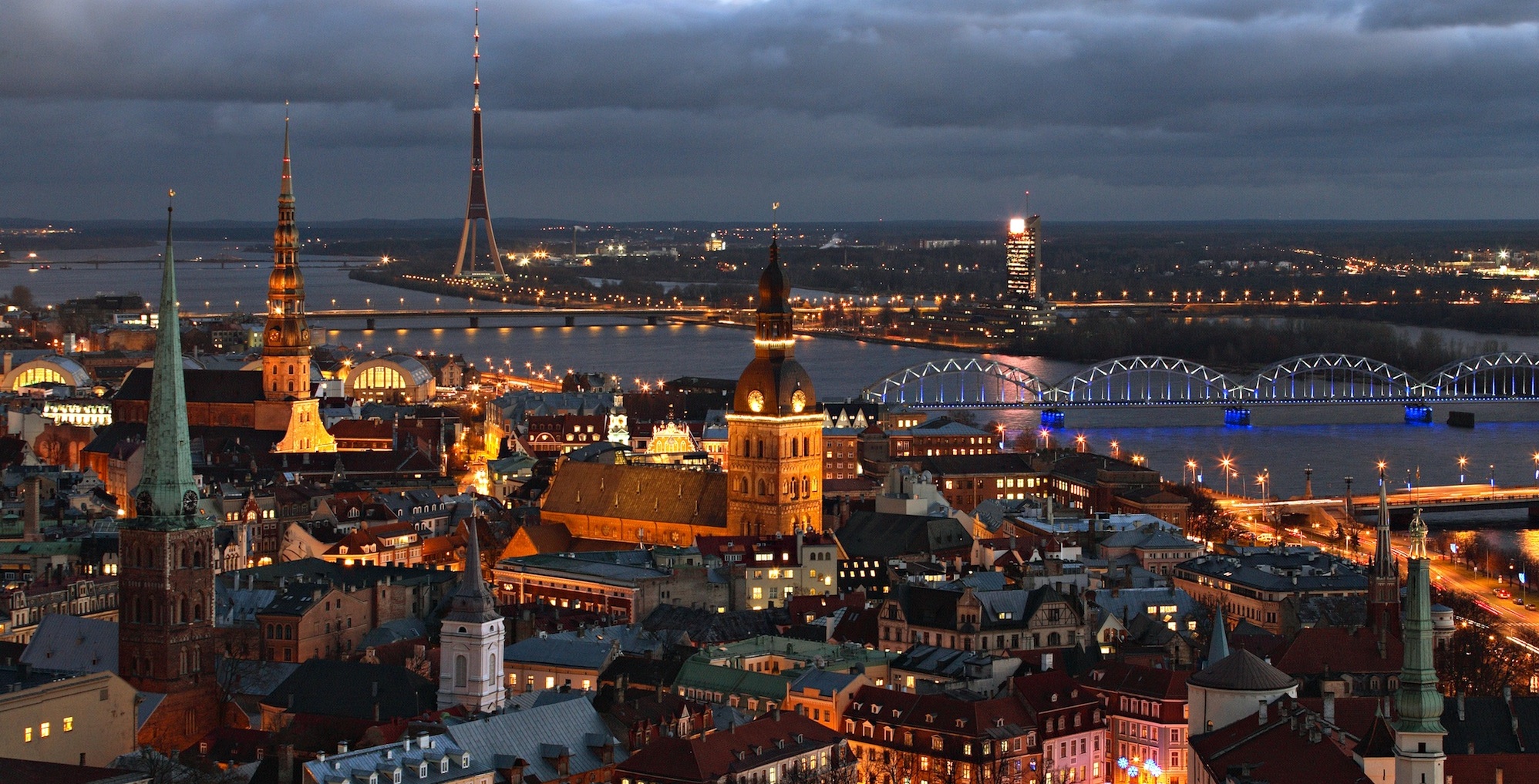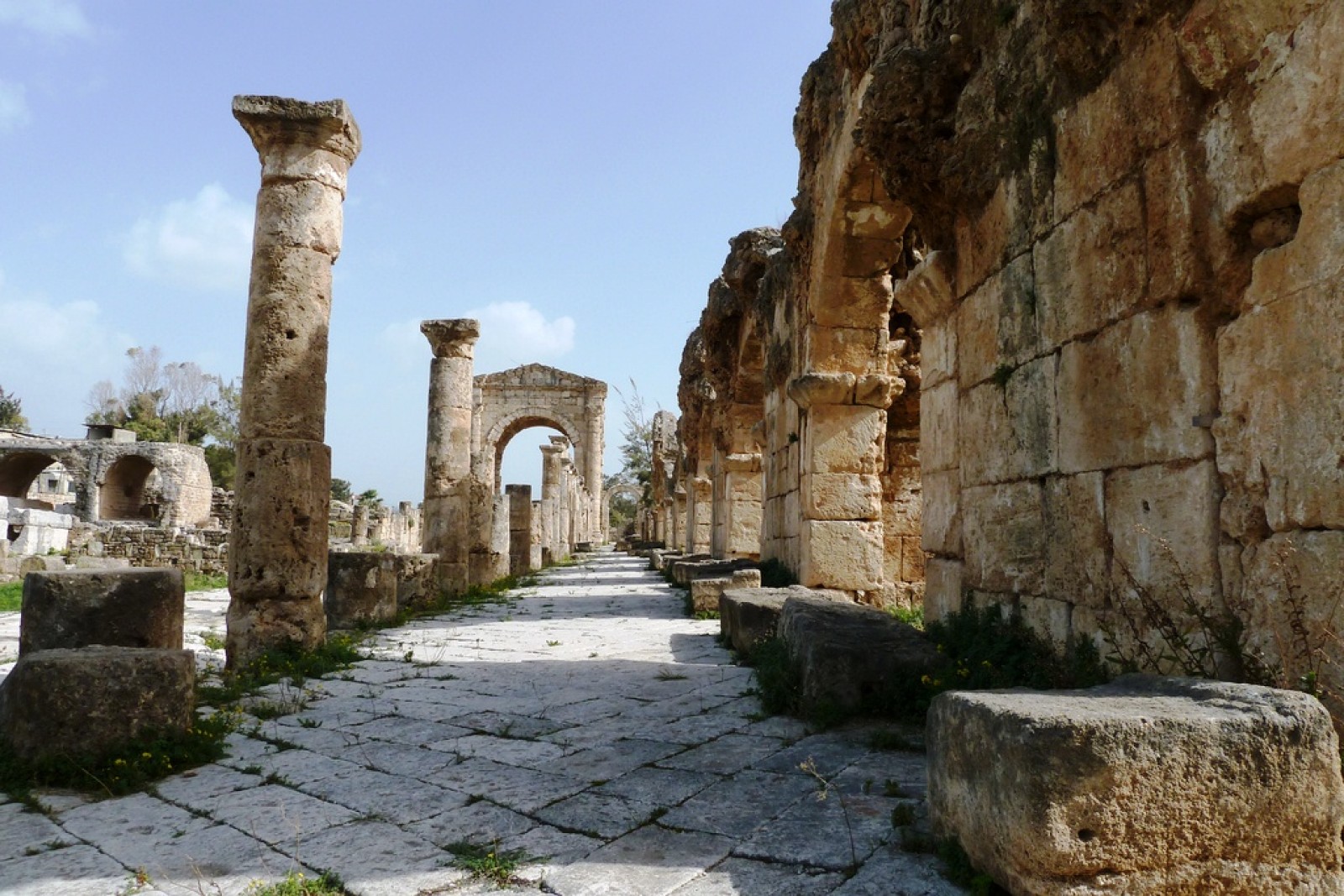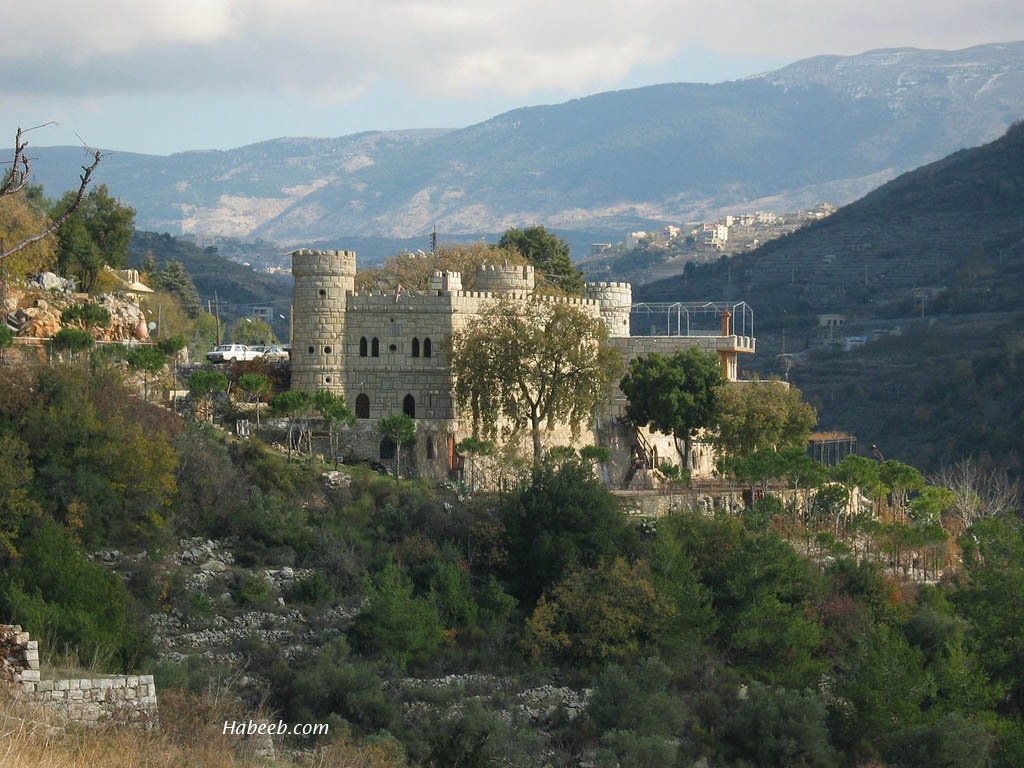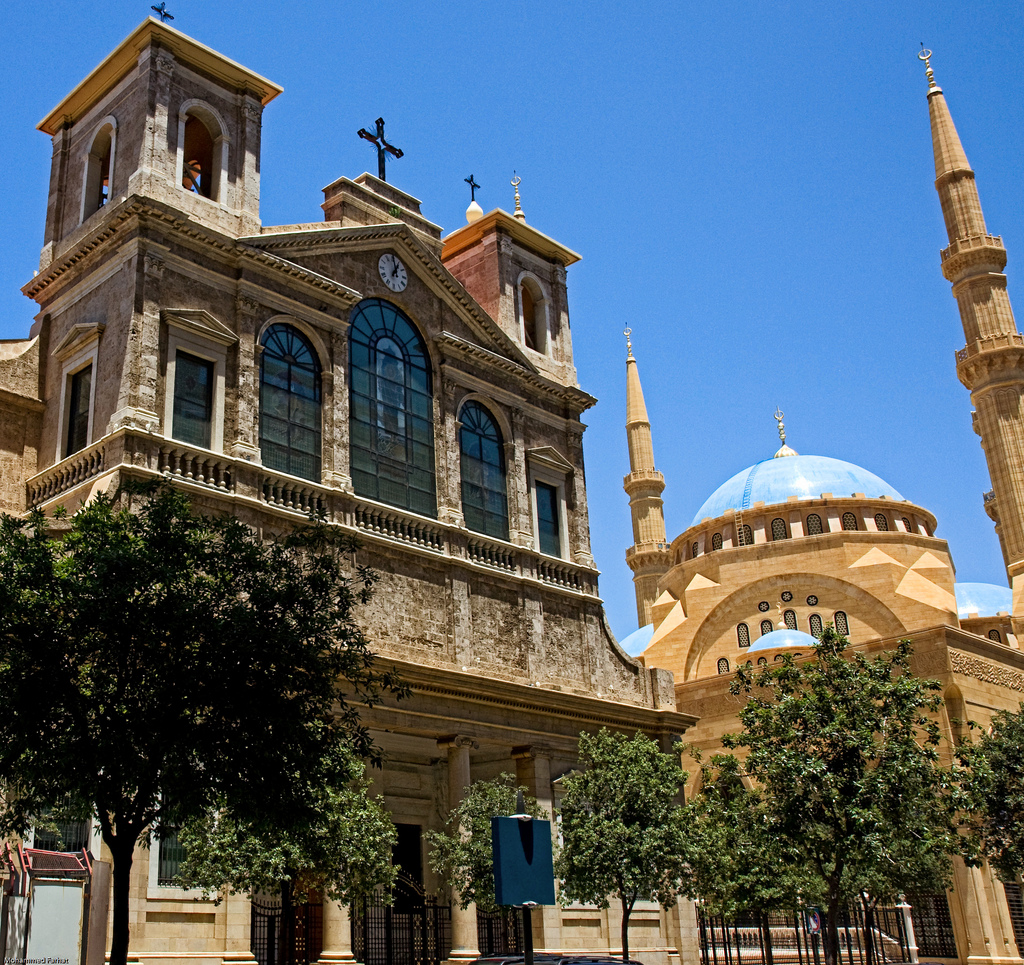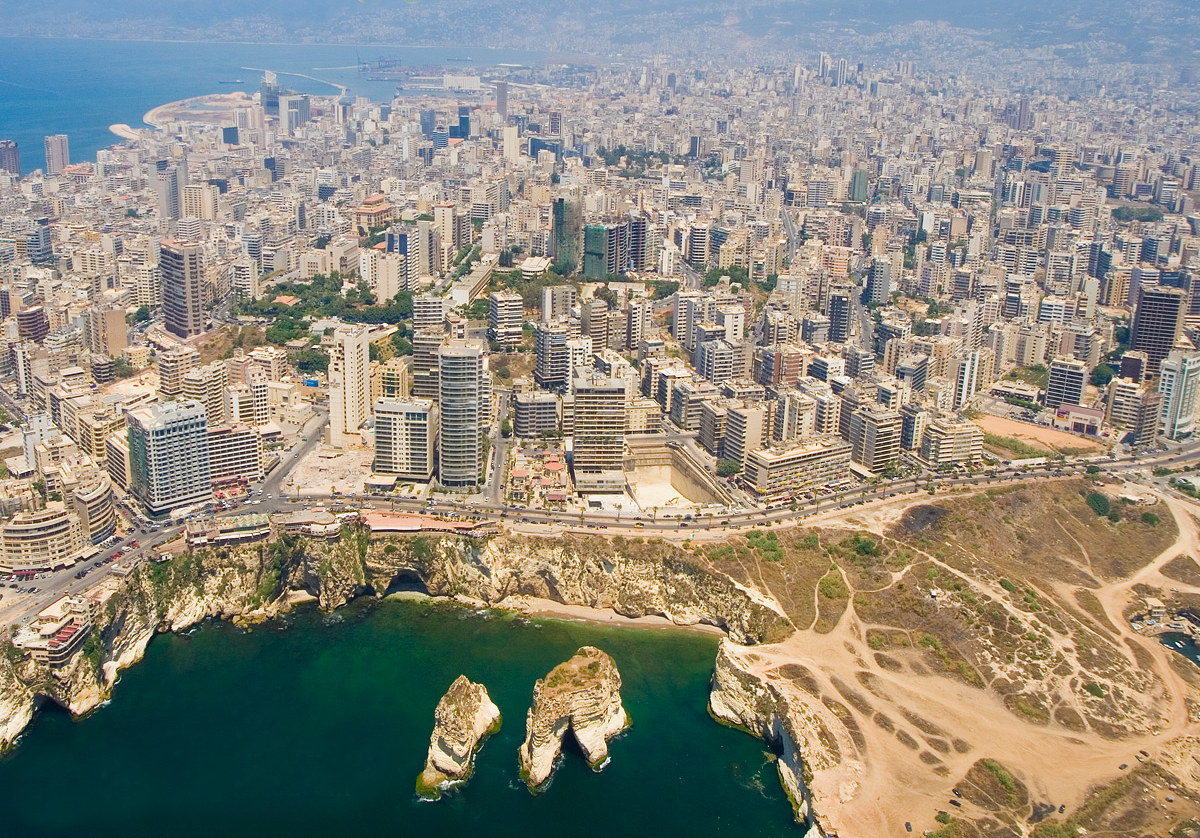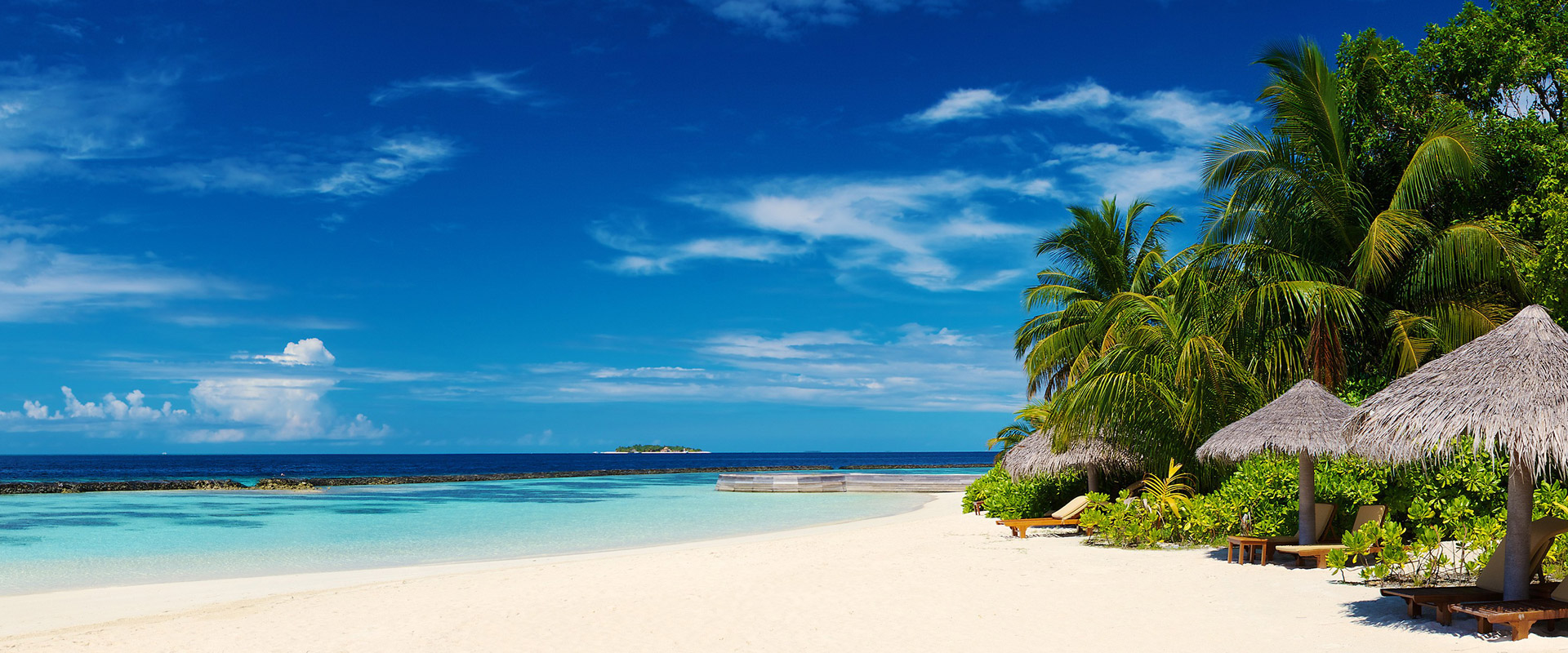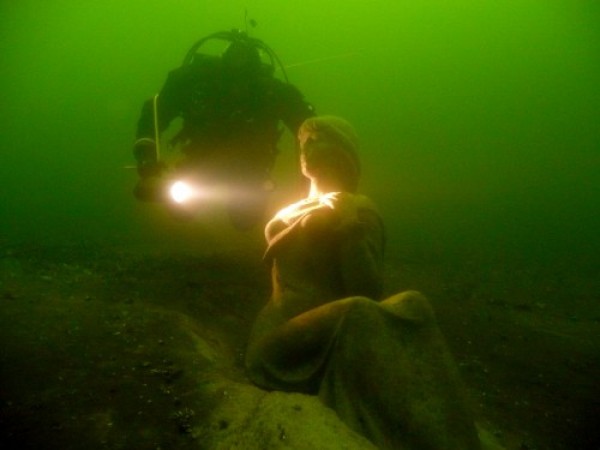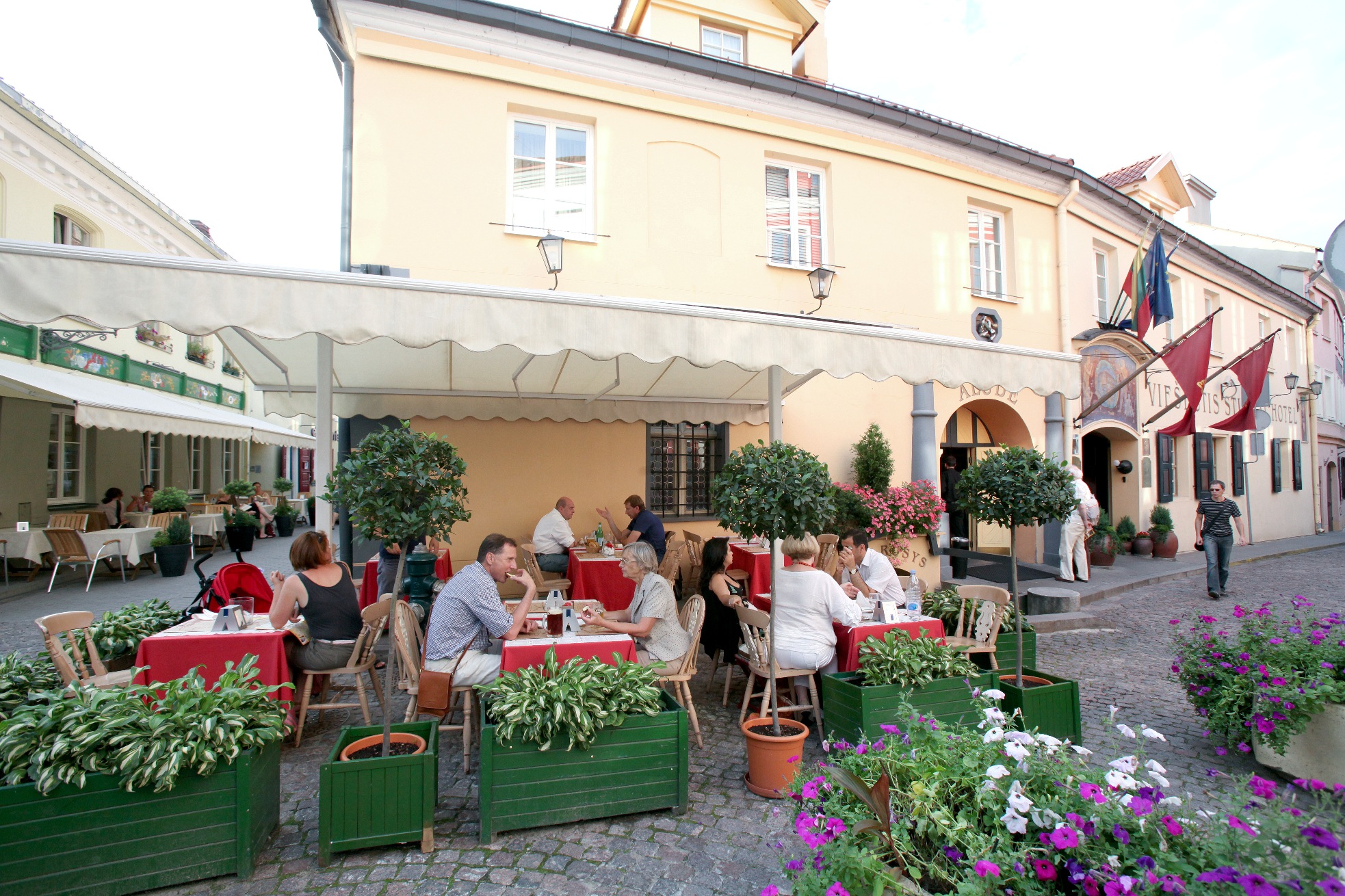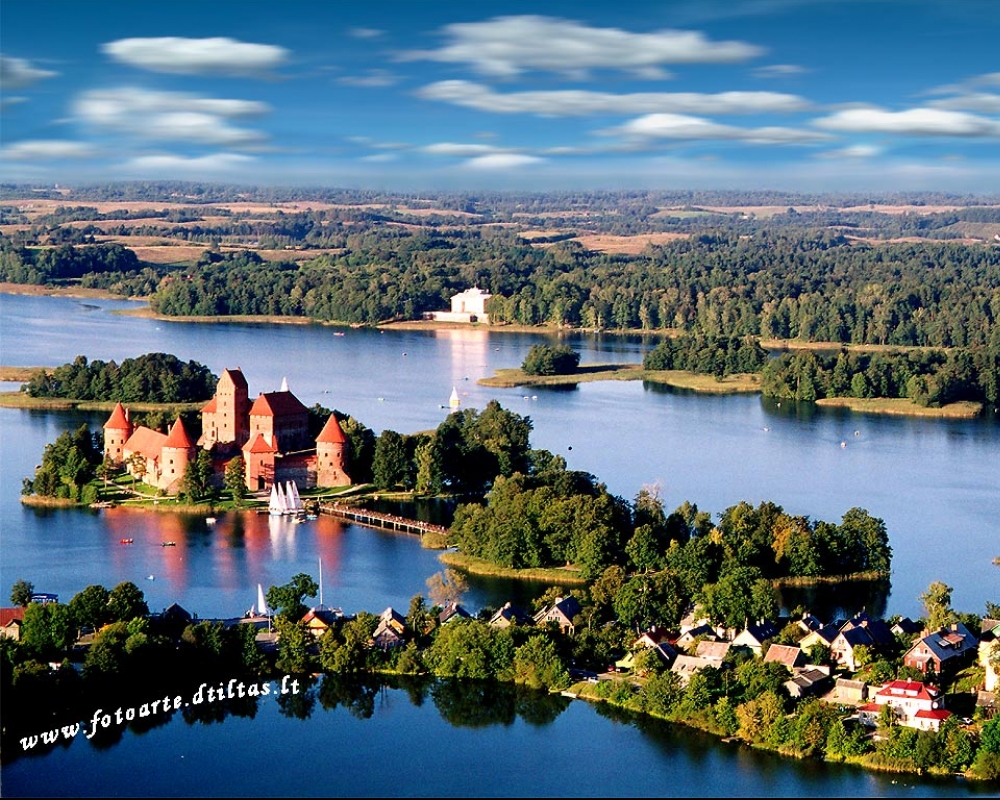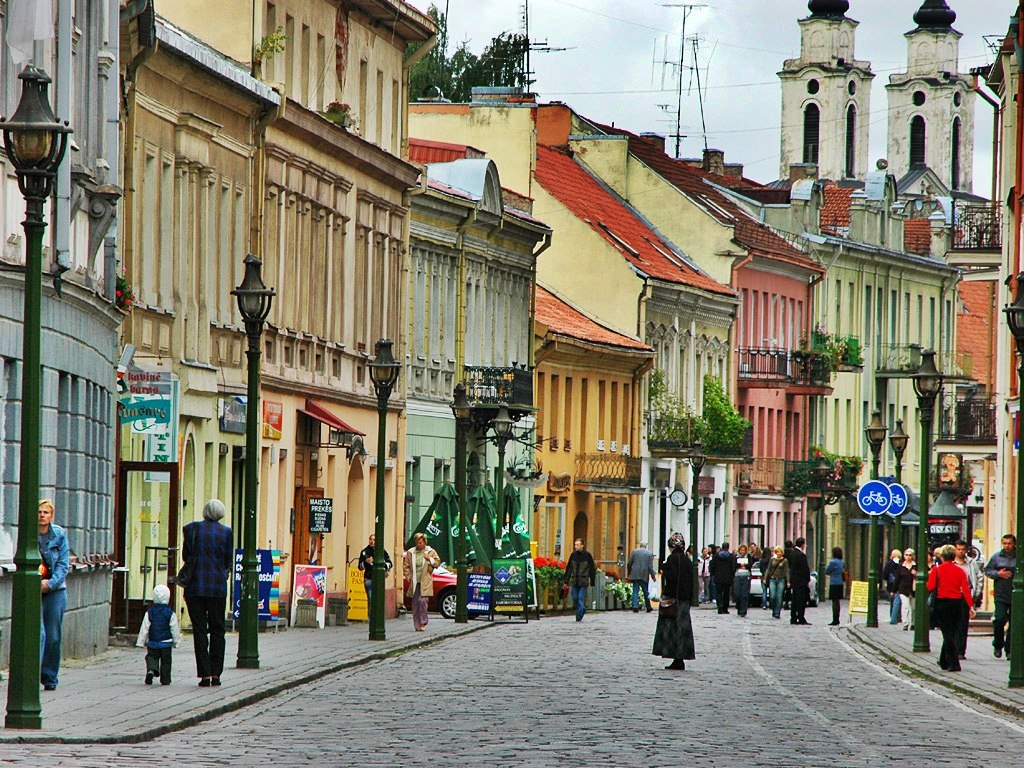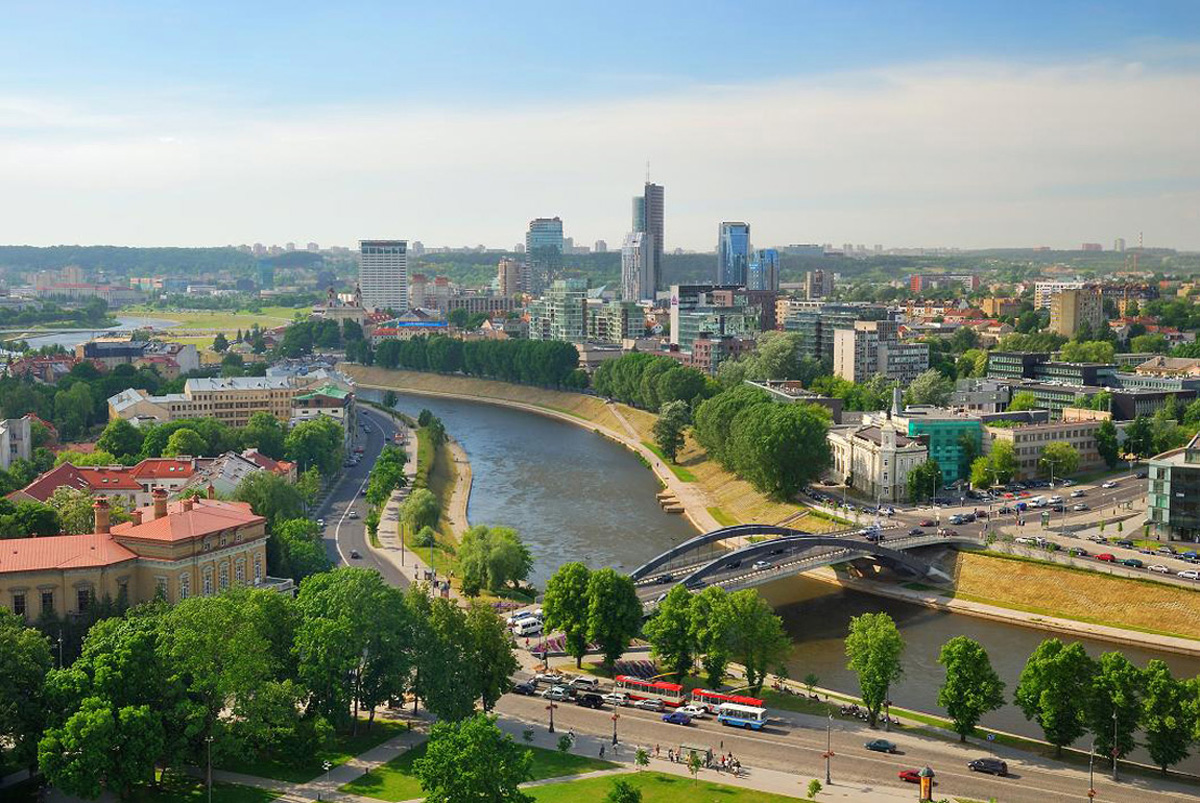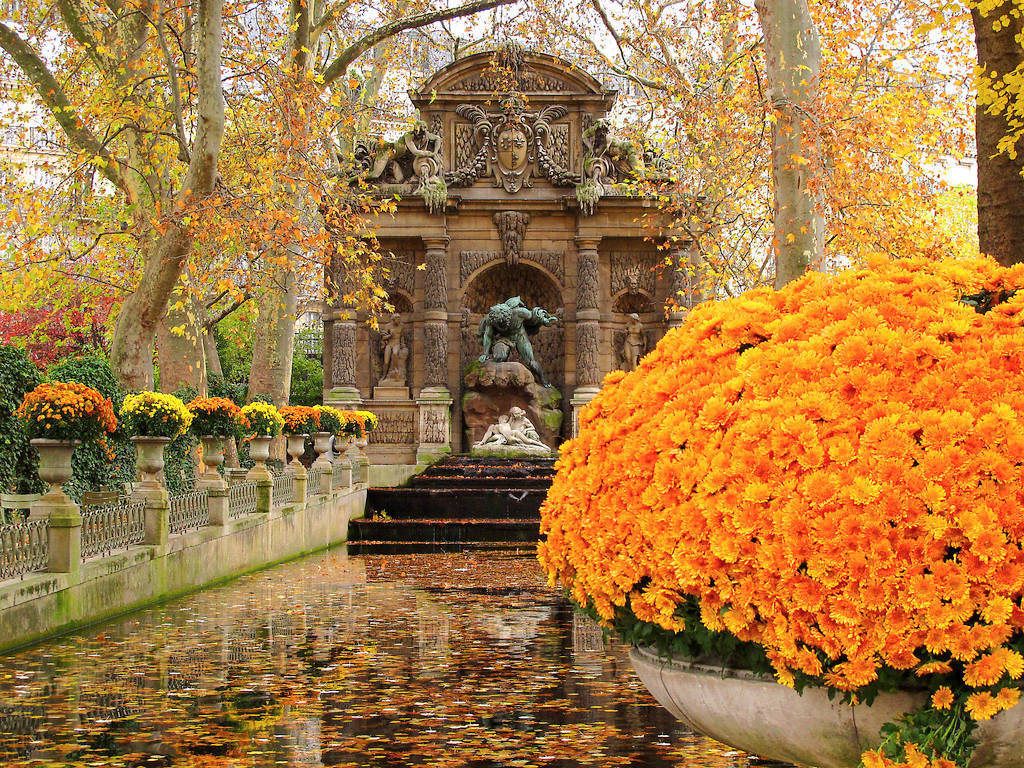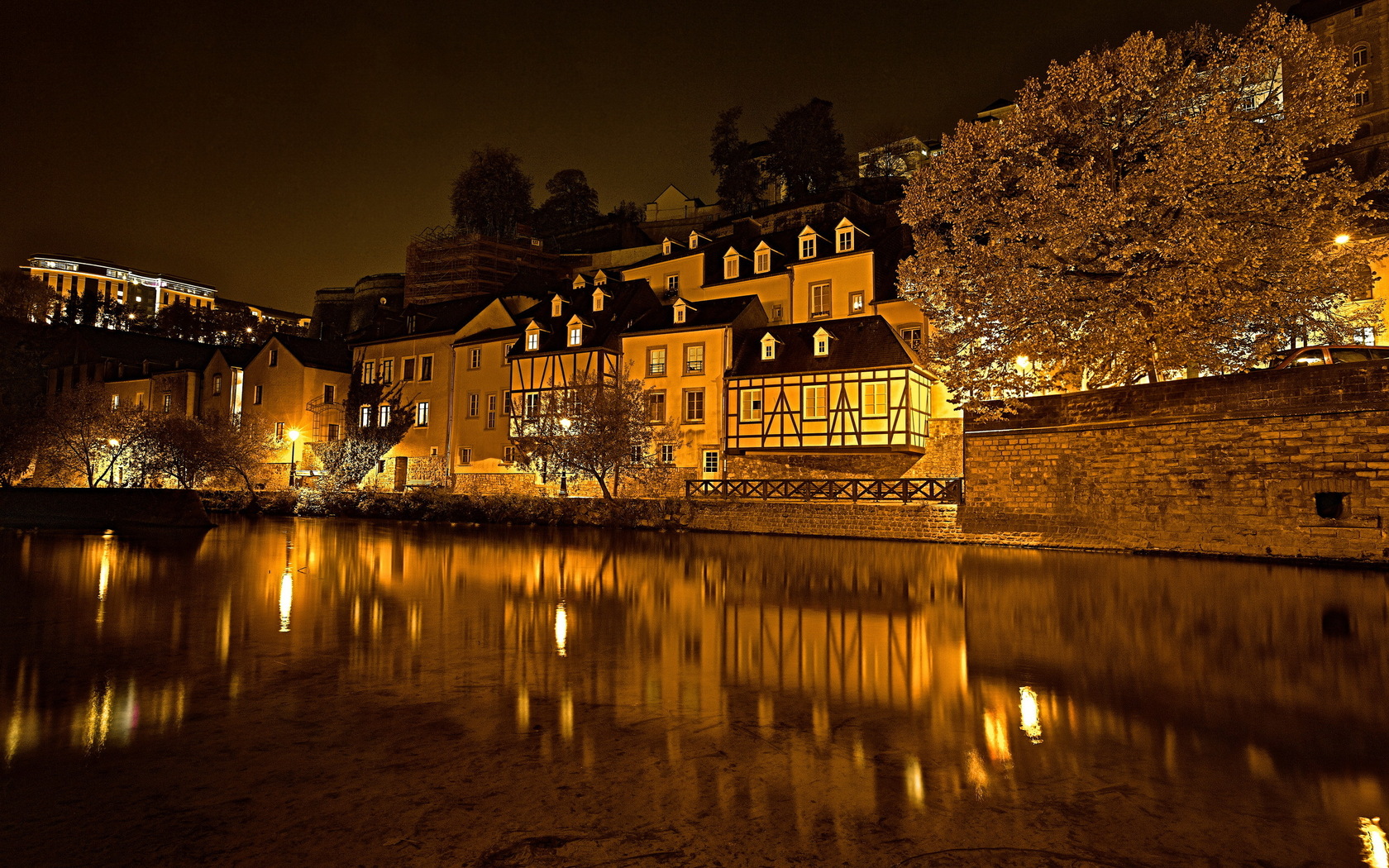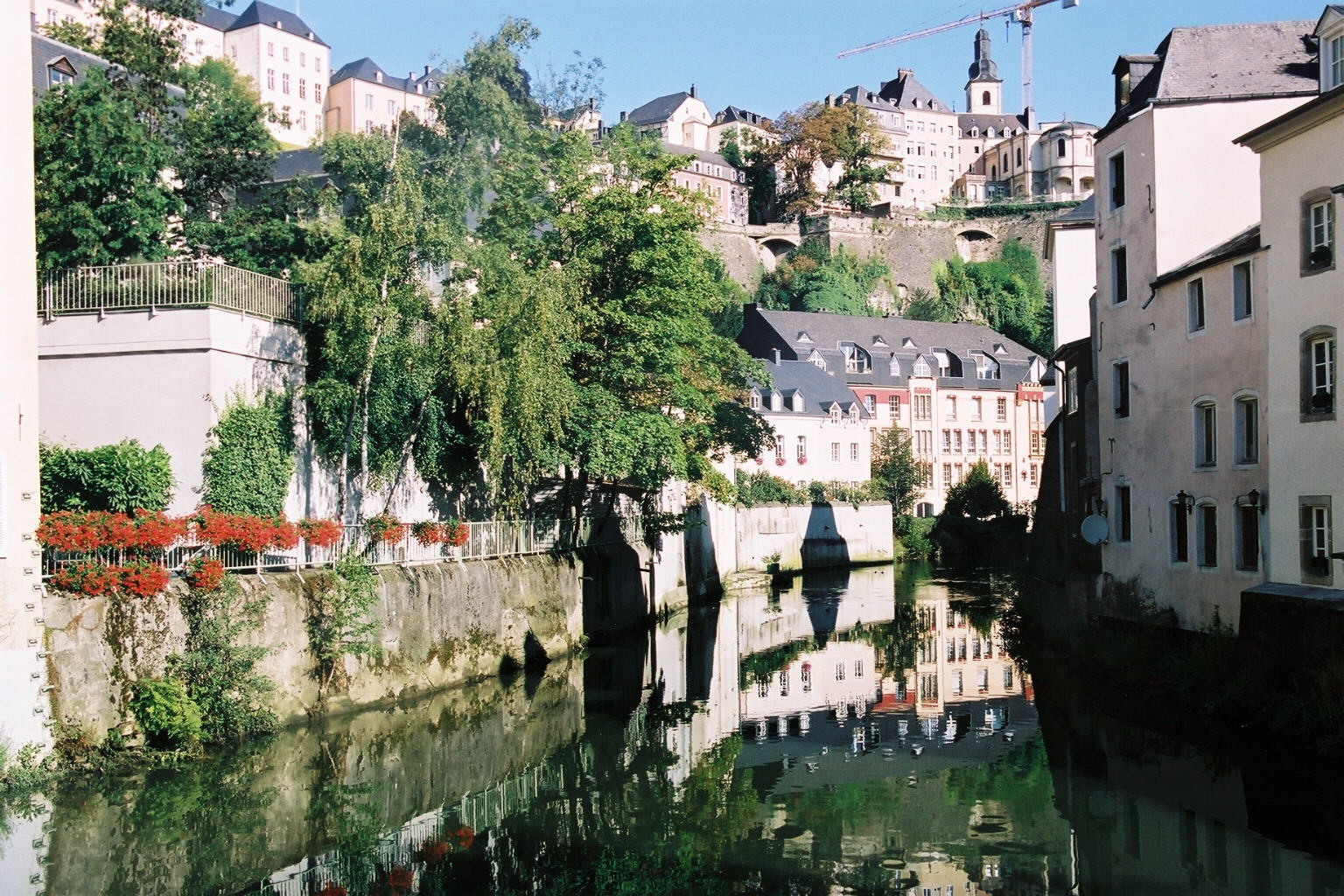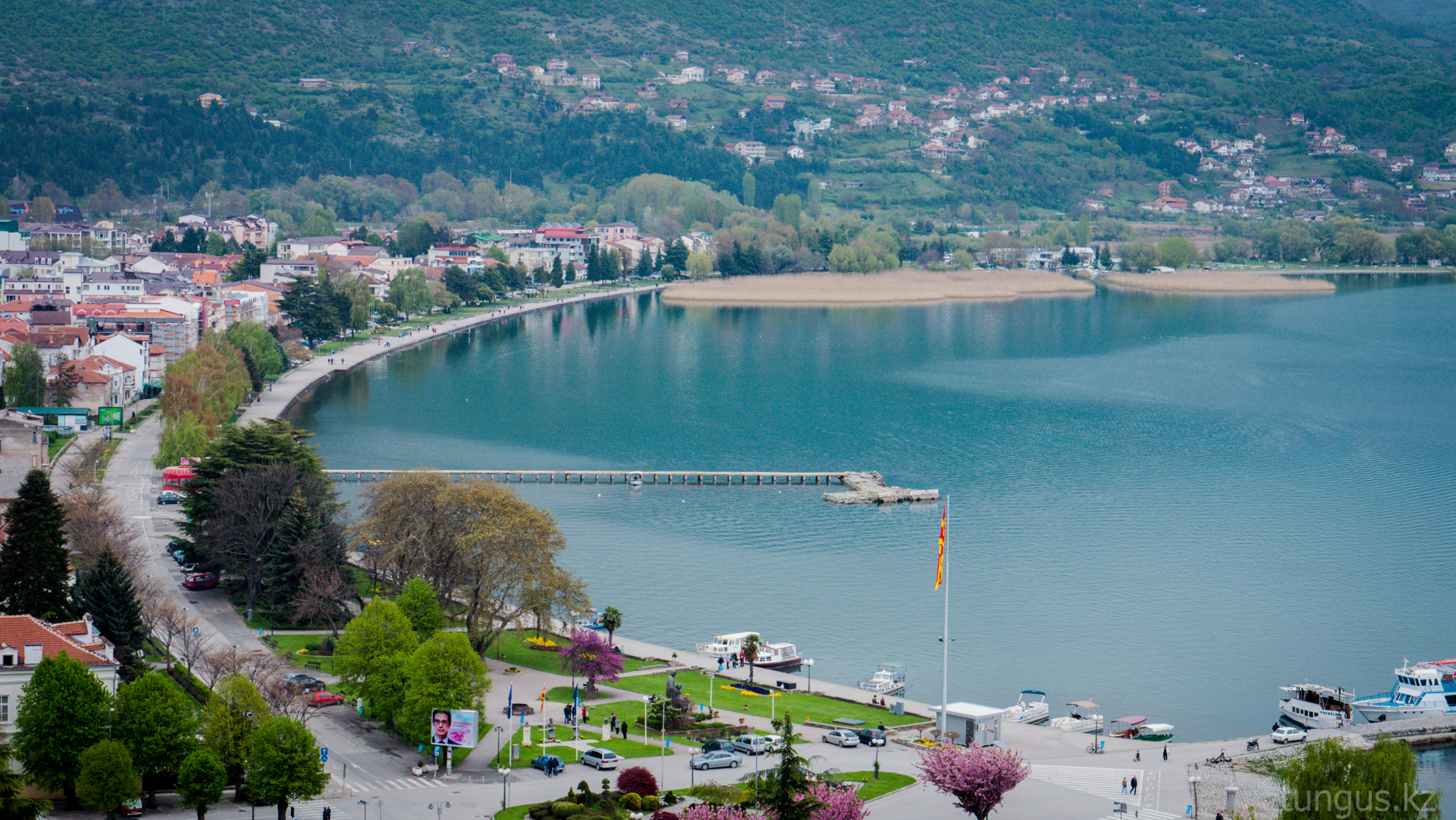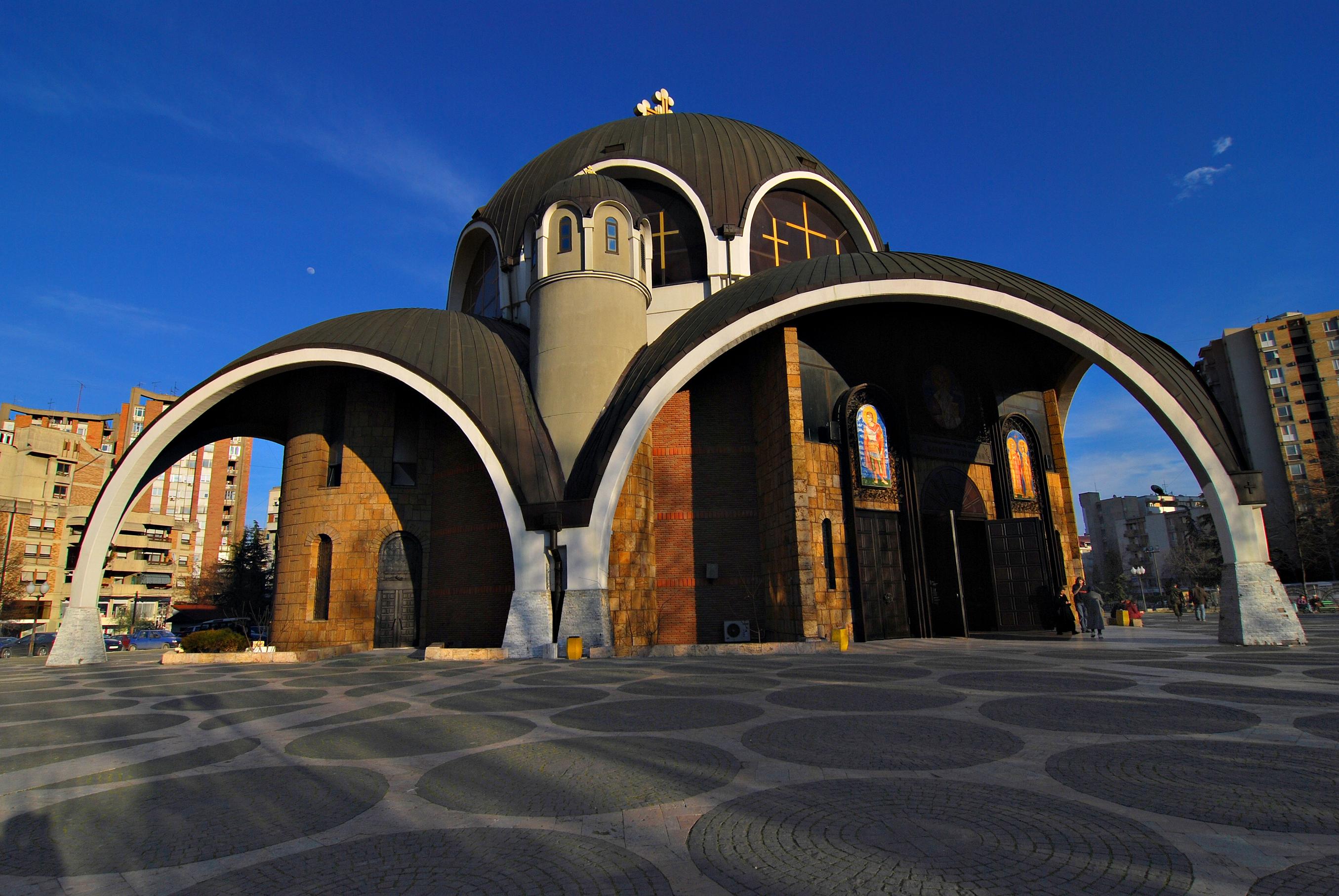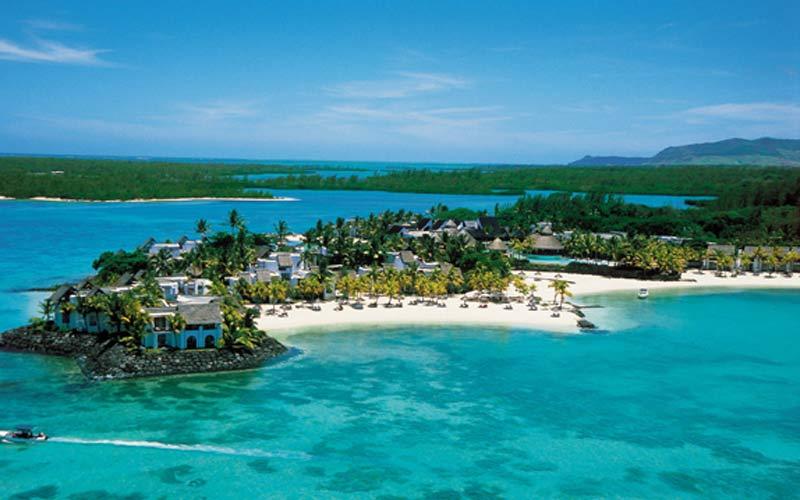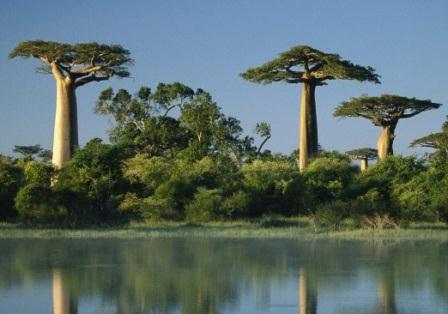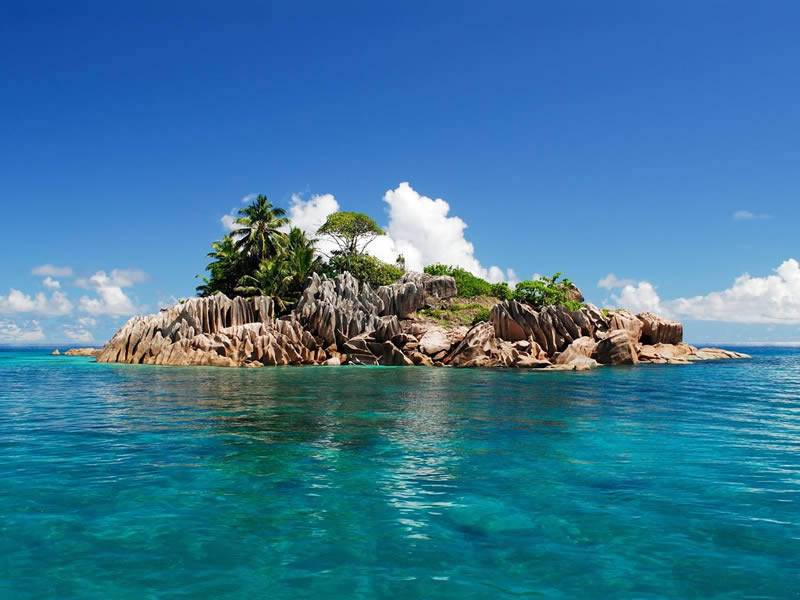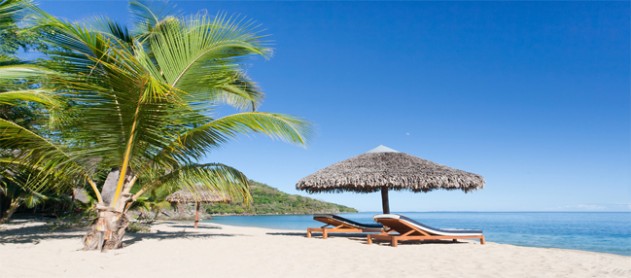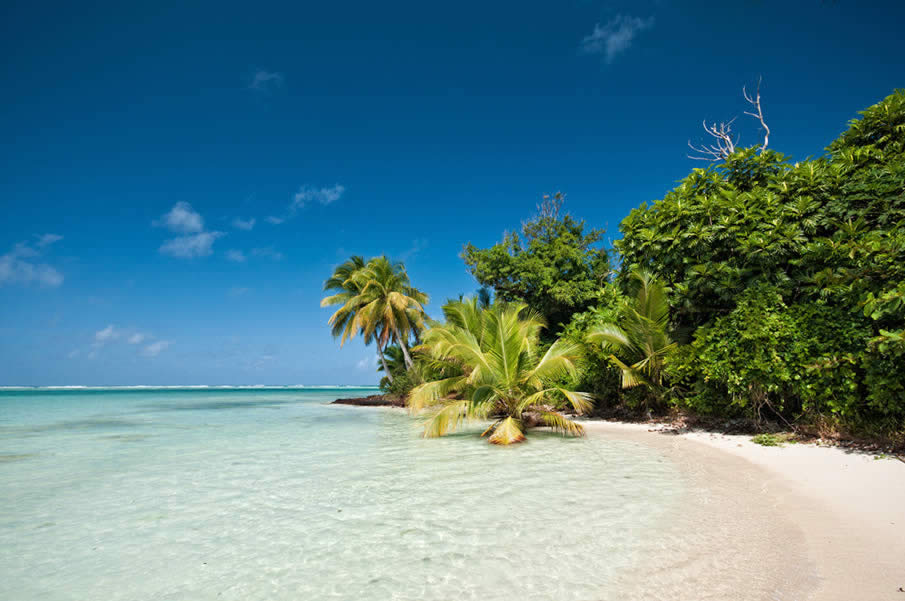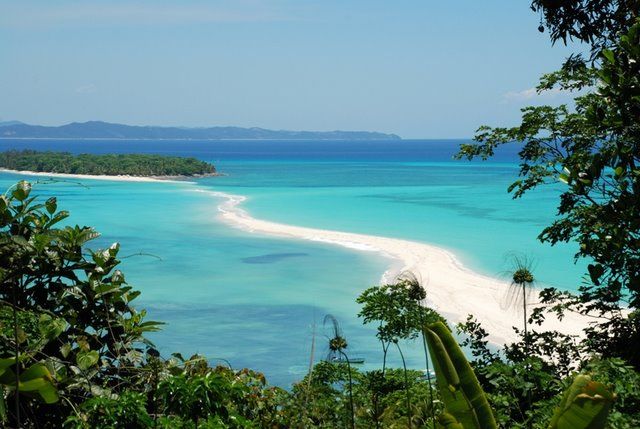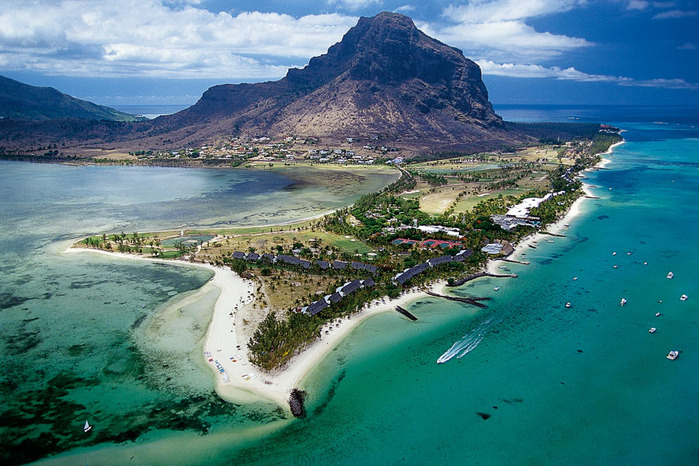Escape for the Weekend
Explore our collection of weekend
Korea, South
What to see in South Korea? Silla tombs; Changdeokgung Palace; Bulguksa Temple; Seoraksan National Park; vibrant Seoul; rocky landscapes of Taejongdae; an underwater Buddha statue off Pohang; Dong Hae and Gangneung.
South Korea, officially named the Republic of Korea, is a state in East Asia, located on the Korean Peninsula. It borders North Korea to the north, and has marine borders with Japan to the east and China to the west. The territory of the country comprises about 100 thousand square kilometers; the population is 51 million people. The capital of the country is Seoul. The official language is Korean.
The national currency is the South Korean won. Credit cards are accepted almost everywhere in major cities. ATMs are widely available, though not all of them accept foreign cards. Look for ATMs with a sign saying ‘Global’. Money can be exchanged at most banks.
Most of South Korea's terrain is covered with mountains; one third of territory – in the west and southeast – is occupied with lowlands. The climate is a humid continental and a humid subtropical. In the late summer there are typhoons with strong winds and heavy rains.
South Korea is one of the few unique countries where concrete and metal giants peacefully coexist with masterpieces of Korean architecture built in the Middle Ages; and the ancient culture is combined with amazingly beautiful nature that Koreans manage to keep virtually pristine.
Those who are fond of history should certainly visit impressive Silla tombs, keeping ancient treasures; the tranquil Changdeokgung Palace with Secret Garden, built in 1405; Haeinsa Temple, containing the most complete collection of Buddhist texts; the Seokguram Grotto, finished in 774, where you can see a 3.5-meter Buddha; and Bulguksa Temple, which is said to be South Korea's most important historical site, situated in a thousand-year-old Gyeongju, where you will find lots of other ancient sites, relics and ruins.
Nature lovers will be glad to see Seoraksan National Park, full of fancy rock formations, dense woodland, wildlife, hot springs, and the Silla-era temples; Jeju-do Island, where you will find amazing botanical gardens, lava caves, sandy beaches, and where you can learn about Korea’s traditional tea culture in the O’Sulloc Tea Museum.
Those who like bustling urban life will be captivated by Seoul, the city that never sleeps. Here you find good shopping, delicious food and ocean of entertainments. Moreover Seoul has five palace complexes, built in the Joseon Dynasty.
Being in South Korea do not miss the opportunity to stay in one of 40 temples and to try Buddhist monastic life for several days; to try makkeolli – a milky rice wine; to visit the 4km-wide demilitarized zone between South and North Korea; and to take part on Boryeong mud festival on the west coast of South Korea.
Airports
Incheon International Airport (IIA) (ICN) the largest airport in South Korea. It serves Seoul.
Jeju International Airport (CJU), situated in the city of Jeju.
Gimpo International Airport (GMP), located near Seoul.
Gimhae International Airport (PUS) situated near Busan.
Cheongju International Airport (CJJ), Cheongju.
Yangyang International Airport (YNY) serves Yangyang County.
Muan International Airport (MWX) located in Muan County.
Diving in South Korea
South Korea is a popular Asian dive destination. Most diving places are situated near the East and South coast of the country.
Off Busan, there is Taejongdae, where you will see interesting underwater rocky landscapes with many nooks and crannies, teeming with flat fish, sea cucumbers, sea horses, octopuses, crabs, and cuttlefish.
Off Pohang you will find Buddha Dive, a Buddha statue situated in a rock crack at a depth of 17 meters. The underwater world is remarkable for solid rock formations and abundant marine life.
Near Jeju Island there is Forest Island with bright corals and rich fauna, which includes squids, dolphins and nudibranches.
Off Mosquito Island, not far from Jeju Island, there are 3 different dive sites with lots of fish, soft corals and a vertical wall. The depth is 8-40 meters.
In Dong Hae and Gangneung you will be charmed by the pristine waters inhabited by plenty of fish species. The most popular dive sites here are Munam Beach, Young Jin, Bongpo Beach, Ingu Beach and Chuam Beach.
Nam Hae, situated in the south of the country, boasts numerous islands and isolated beaches as well as many various marine species including octopuses, wrasse and starfish.
Kuwait
Gorgeous museums and charming old souq of Kuwait City; archaeological treasures of Failaka Island; sea turtles and barracudas in Donkey Reef; coral colonies of Qaruh Island; and sand sharks of Five Mile Reef.
Kuwait, officially the State of Kuwait, is a country situated in the northern part of Eastern Arabia. Kuwait is bordered by Iraq and Saudi Arabia. From the east the country is washed by the Persian Gulf.The population of this Arab country is 4.1 million people; the total area is 17.8 thousand square kilometers. The capital of is Kuwait City. The official language is Arabic.
The national currency is the Kuwaiti dinar. Major credit cards are widely accepted. You can exchange money at the airport or at banks which are open from Sunday to Thursday or get the local currency in widespread ATMs.
Most of Kuwait’s territory is covered with deserts. The landscape is flat and hilly. The climate is continental with dry and hot summers and short warm winters. In summer there are dusty storms.
Kuwait is becoming more and more popular tourist destination. In this small but very rich country you will see picturesque islands inhabited by wild animals and birds, gorgeous beaches and archaeological finds from the ancient Greece, majestic skyscrapers and traditional oriental bazaars.
Kuwait City boasts many interesting museums: the Tareq Rajab Museum, containing collection of Islamic art; the National Museum, where you can see various ancient treasures; Al-Hashemi Marine Museum; the Maritime Museum, containing Kuwait’s seafaring heritage; the Popular Traditional Museum and many others.
Those who are fond of outdoor activities can go horse-riding, swimming on white-sand public beaches or boating along the Gulf Street.
Where else you can experience the atmosphere of the colorful and luxurious Orient as at its noisy and crowdy bazaar, striking by the rainbow of colours and flavours. At the old souq of Kuwait City you can buy delicacies, gold, local pearls and traditional cosmetics.
There is no need to remind you of the Kuwait Towers – you will inevitably see and admire this unofficial symbol of the country. You will be able to see the entire Kuwait City from the rotating viewing platform.
Connoisseurs of history will like Failaka Island, keeping lots of archaeological sites and ancient treasures since the Stone Age.
Kuwait International Airport (KWI), located 15.5 kilometers from Kuwait City.
Diving is rather popular kind of sport in Kuwait, which is not surprising in a country with such a long coastline and such a comfortable climate.
Off Khiran there is Donkey Reef, where you can see lots of crustaceans and various fish, as well as sea turtles and small barracudas. The depth here is only 6 meters.
In the waters of Maradim Island you will find beautiful table corals.
Off Qaruh Island there are picturesque coral colonies, inhabited by moray eels, trigger fish and surgeon fish.
Off Kubbar Island you will find abundant underwater flora and plenty of bright nudibranches.
To the south of Fahaheel there is Five Mile Reef, where you can see sand sharks and take up night diving.
Diving is possible all year round. The water temperature is about 28 degrees Celsius in summer and about 23 – in winter.
Latvia
St. Peter's Church and the Central Market in Riga; the Venta Rapids; Cēsis and Sigulda castles; Gauja National Park; the Elbing wreck; Sloka Quarry; and Ogre Lake.
Latvia is a country in Northern Europe on the eastern shores of the Baltic Sea. It has borders with Estonia, Lithuania, Russia, Belarus and maritime border with Sweden. Latvia has a territory of 64.5 thousand square kilometers, populated by 2 million people. The capital of the country is Riga. The official language is Latvian.
The national currency is the Euro.
Latvia has a temperate seasonal climate. The average temperature is −6 °C in winter and 19 °C in summer. It is better to come here from June to mid-September, when the weather is most comfortable.
Most part of the terrain consists of plains and low hills. More than a half of the territory is covered with forests, inhabited by deer, wild boars, moose, lynxes, bears, foxes, beavers and wolves. There are many lakes, especially in Latgale region, and deep river valleys with sand cliffs on their banks.
In Latvia there are many great places to see, both urban and rural. Guests of the country can spend time in Riga and enjoy its fascinating architecture, including St. Peter's Church and the grand Dom Church, do some shopping in the Central Market, relax in its neat parks or immerse into its active nightlife. The smaller towns of Latvia also have many attractions. Near the city of Kuldīga you can see Europe's widest waterfall, the Venta Rapids. You can explore medieval castles in Cēsis and Sigulda or visit baroque palaces in Jelgava. But the main attraction of Latvia is its nature. There are many national parks and nature preserves, the largest of which is Gauja National Park. Latvia is a popular destination for bird watchers, as the Latvian territory is inhabited by numerous different bird species.
Diving in Latvia
Latvia suggests many places for diving: sea, rivers, lakes, quarries.
The best wreck diving is in the Baltic Sea along the coastline from Liepaja to Kolka. At about 1 km from the shore there is Elbing wreck, a 40-meter ship sunk in 1941. The depth is about 10 meters.
At a depth of 27 meters you can see the remains of a 100-meter German cargo ship sunk during WW2. The ship is broken into three parts: with a well preserved stern and bow.
Sloka Quarry is said to be a diving top spot in Latvia. Under the water you can meet some crabs and small fish, like perch and pike.
Beginners will like Ogre Lake, whose maximum depth is 8 meters. The lake has an underwater platform for training at a depth of 6 meters.Riga International Airport (RIX) is the largest airport in the Baltic states with direct flights to over 80 destinations in 30 countries. It is located 10 km west of Riga.
Liepāja International Airport (LPX) is an international airport in western Latvia, located 5 km east of Liepāja.
Ventspils International Airport (VNT) is the newest international airport in Latvia, located 5 km southwest of Ventspils.
Latvia suggests many places for diving: sea, rivers, lakes, quarries.
The best wreck diving is in the Baltic Sea along the coastline from Liepaja to Kolka. At about 1 km from the shore there is Elbing wreck, a 40-meter ship sunk in 1941. The depth is about 10 meters.
At a depth of 27 meters you can see the remains of a 100-meter German cargo ship sunk during WW2. The ship is broken into three parts: with a well preserved stern and bow.
Sloka Quarry is said to be a diving top spot in Latvia. Under the water you can meet some crabs and small fish, like perch and pike.
Beginners will like Ogre Lake, whose maximum depth is 8 meters. The lake has an underwater platform for training at a depth of 6 meters.Lebanon
Ancient Byblos; the temple of Bacchus; Faraya ski resort; the Phoenician port; Aub Canyon; reefs of Shark point; and wrecks of the Souffleur, the Macedonia and the Alice B.
Lebanon, officially the Lebanese Republic, is a small country in the Middle East, located in a mountainous region on the eastern shore of the Mediterranean Sea. To the east and north it borders with Syria, to the south - with Israel. The capital of the country is Beirut. The official language is Arabic.
The population of Lebanon consists of about 4 million people. The total area is about 10.5 thousand square kilometers. Lebanon’s terrain can be divided into four types: the Anti-Lebanon Mountains, the Beqaa valley, the coastal plain, and the Lebanon mountain range. The climate is moderate Mediterranean.
The national currency is the Lebanese pound. US dollars are also accepted almost everywhere. You can exchange money at numerous banks, exchange booths or withdraw the local currency at widespread ATMs.
Although Lebanon is a small country, it is a fantastic tourist destination. Here there is the oldest city in the world – Byblos (7 thousand years old), where the first alphabet was invented. In Lebanon people learned to make purple dye and to make soap and glass. All known civilizations and cultures of the Mediterranean basin - from the Phoenicians, and Aramaeans to the Romans, Turks and the French left their marks on the land of Lebanon.
In Baalbek, which is situated in the Beqa’a valley, you will see the temple of Bacchus -- the world’s best preserved ancient temple. In Byblos you can visit lots of archeological sites and enjoy amazing views of the port, sitting at a delicious traditional meal at a good restaurant. 40 km from Beirut there is the stunning Beit ed-Din Palace, built in the 19th century, where you can see a wonderful collection of weapons, jewelry and mosaics. In Tyre you can explore the Phoenician port, the old necropolis and the Roman hippodrome.
Not far from Bcharre, in the mountains, you will see a-few-hundred-years-old cedars, which are called the cedars of the Lord. Maybe of some of their neighbours, according to the legend, Noah built the ark.
Beside ancient beauties Lebanon can offer rather many modern attractions: vibrant night life, shopping and winetasting, hiking and diving.
Those who like skiing should visit Faraya, a big modern ski resort with 80 kilometers of ski tracks.
Beirut International Airport (BEY), situated 5 kilometers from the city center.
The richness of marine life and interesting wrecks attract to Lebanon many divers.
In Aub Canyon you will meet moray eels, lobsters, octopus and groupers, inhabiting this rocky underwater landscape. The depth of the canyon wall is from 25m to 300m.
At Shark point, consisting of 5 reefs, you can dive in a canyon, explore huge passages, see a statue of a Lebanese saint, go wall-diving and meet sharks.
Connoisseurs of wreck-diving will like the Souffleur, a French submarine sunk during the Second World War with all her crew. She is lying at a depth of 38 meters. Another interesting wreck is the Macedonia, a cargo ship sunk in the 1960-s. The Alice B wreck, situated at a depth of 38 meters, is rather young but also is worth visiting. She is lying just 200 meters from the shore.
In Tripoli you can see the wreck of a torpedo carrier boat, sunken in WWII and lying 60 meters deep.
At a rather great depth (75-146m) there is the HMS Victoria, sunk in 1893.
Diving season lasts from May to October.
The water temperature is about 17 degrees Celsius in winter and 26 degrees in summer.
Lebanon
Lebanon ( i/ˈlɛbənɒn/; Arabic: لبنان Libnān; Lebanese pronunciation: [lɪbˈnæːn]; French: Liban), officially known as the Lebanese Republic[nb 2] (Arabic: الجمهورية اللبنانية al-Jumhūrīyah al-Lubnānīyah; Lebanese pronunciation: [elˈʒʊmhuːɾɪjje l.ˈlɪbnæːnɪjje]), is a sovereign state in Western Asia. It is bordered by Syria to the north and east and Israel to the south, while Cyprus is west across the Mediterranean Sea. Lebanon's location at the crossroads of the Mediterranean Basin and the Arabian hinterland facilitated its rich history and shaped a cultural identity of religious and ethnic diversity.[9] At just 10,452 km2 (4,036 sq. mi.), it is the smallest recognized country on the entire mainland Asian continent.[nb 3][10][11]
i/ˈlɛbənɒn/; Arabic: لبنان Libnān; Lebanese pronunciation: [lɪbˈnæːn]; French: Liban), officially known as the Lebanese Republic[nb 2] (Arabic: الجمهورية اللبنانية al-Jumhūrīyah al-Lubnānīyah; Lebanese pronunciation: [elˈʒʊmhuːɾɪjje l.ˈlɪbnæːnɪjje]), is a sovereign state in Western Asia. It is bordered by Syria to the north and east and Israel to the south, while Cyprus is west across the Mediterranean Sea. Lebanon's location at the crossroads of the Mediterranean Basin and the Arabian hinterland facilitated its rich history and shaped a cultural identity of religious and ethnic diversity.[9] At just 10,452 km2 (4,036 sq. mi.), it is the smallest recognized country on the entire mainland Asian continent.[nb 3][10][11]
The earliest evidence of civilization in Lebanon dates back more than seven thousand years, predating recorded history.[12] Lebanon was the home of the Canaanites/Phoenicians and their kingdoms, a maritime culture that flourished for over a thousand years (c. 1550–539 BC). In 64 BC, the region came under the rule of the Roman Empire, and eventually became one of the Empire's leading centers of Christianity. In the Mount Lebanon range a monastic tradition known as the Maronite Church was established. As the Arab Muslims conquered the region, the Maronites held onto their religion and identity. However, a new religious group, the Druze, established themselves in Mount Lebanon as well, generating a religious divide that has lasted for centuries. During the Crusades, the Maronites re-established contact with the Roman Catholic Church and asserted their communion with Rome. The ties they established with the Latins have influenced the region into the modern era.
The region eventually was ruled by the Ottoman Empire from 1516 to 1918. Following the collapse of the empire after World War I, the five provinces that constitute modern Lebanon came under the French Mandate of Lebanon. The French expanded the borders of the Mount Lebanon Governorate, which was mostly populated by Maronites and Druze, to include more Muslims. Lebanon gained independence in 1943, establishing confessionalism, a unique, Consociationalism-type of political system with a power-sharing mechanism based on religious communities. Bechara El Khoury, President of Lebanon during the independence, Riad El-Solh, first Lebanese prime minister and Emir Majid Arslan II, first Lebanese minister of defence, are considered the founders of the modern Republic of Lebanon and are national heroes for having led the country's independence. Foreign troops withdrew completely from Lebanon on 31 December 1946.[13] Lebanon has been a member of the Organisation internationale de la francophonie since 1973.
Despite its small size,[14] the country has developed a well-known culture and has been highly influential in the Arab world. Before the Lebanese Civil War (1975–1990), the country experienced a period of relative calm and renowned prosperity, driven by tourism, agriculture, commerce, and banking.[15] Because of its financial power and diversity in its heyday, Lebanon was referred to as the "Switzerland of the East" during the 1960s,[16] and its capital, Beirut, attracted so many tourists that it was known as "the Paris of the Middle East".[17] At the end of the war, there were extensive efforts to revive the economy and rebuild national infrastructure.[18] In spite of these troubles, Lebanon has the highest Human Development Index and GDP per capita in the Arab world, to the exclusion of the oil-rich economies of the Persian Gulf.
(BEY) Beirut-Rafic Hariri International Airport
Calypso Dive Center which is in Mövenpick Hotel and Resort Beirut hotel (by the way, one of the best hotels in Beirut directly on the seashore).
Libya
Lithuania
Kernavė; the Trakai Island Castle; Palanga and Klaipeda beaches; Aukštaitija, Žemaitija and Dzūkija national parks; underwater archeology of Plateliai Lake; the Anna Katrina Fritzen wreck and U-580 wreck.
Lithuania is a country in Northern Europe, one of the three Baltic states. Its nearest neighbors are Latvia, Belarus, Poland, and Kaliningrad Oblast (a Russian exclave). Lithuania is washed by the Baltic Sea. The total area is 65 thousand kilometers; the population is about 3 million people. The capital of the country is Vilnius. The official language is Lithuanian; English is well understood everywhere.
The national currency is the Euro.
The terrain of Lithuania consists of alternating moderate lowlands and highlands with numerous lakes.
The climate combines characteristics of maritime and continental: winters are moderate and summers are mildly hot.
Although now it is rather small country, long ago Lithuania was the greatest country in Europe. And some monuments still remind of these times. You can visit the medieval capital, Kernavė, which is now a museum; or go to the Trakai Island Castle, one of the main strongholds in the prime days of the Grand Duchy of Lithuania.
In Lithuania you will be equally charmed by its urban and rural beauties. Connoisseurs of architecture will like Vilnius with its Gothic, Renaissance, Baroque and Classical buildings. Those, who like basking on the beach and dancing in nightclubs, will be interested in visiting Palanga and Klaipeda. As for nature lovers, Lithuania has five national parks: Aukštaitija, Žemaitija, Trakai Historical, Dzūkija, and the Curonian Spit; each of them has his own character.
Vilnius Airport (VNO) is the largest international airport of Lithuania, located 5.9 km south of Vilnius.
Kaunas International Airport (KUN), the second busiest civil airport in Lithuania.
Palanga International Airport (PLQ) a regional international airport, located near the resort town Palanga at the Baltic Sea.
You can take up fresh-water diving in Plateliai Lake, interesting for underwater archeology. In 2002 a big stone with human-made markings, resembling the letter L, was found on the bottom of the lake. It was supposed, that there had been a sacred place for the pagans. Archeologists also found there three boats, dated to the times of Vytautas the Great.
Diving in the Baltic Sea is very exciting, though it can be difficult because of strong currents and low temperatures. Here you can explore such wrecks: a 9000-tonn vessel, sunk in 1944 and lying at a depth of 19 meters; the wreck of a 2 motor-plane, located about 11 kilometers to west from Juodkrante at a depth of about 38 meters; the wreck of Anna Katrina Fritzen, a cargo ship, sunk in 1942 and lying at a depth of about 20 meters, between Klaipeda and Juodkrante; German submarine U-580, sunk in 1941 near Klaipėda and located at a depth of 40-42 meters.
From October to May you have an opportunity to dive with dolphins in Lithuanian Dolphinarium located next to the Sea Museum.
Luxembourg
The castle of Vianden; the Mullerthal; historic Luxembourg City; Lac de la Haute-Sûre with Villa of Lultzhausen, bridge of Lultzhausen and the Ruins of Liefrange.
Luxembourg is a country in Western Europe. Its nearest neighbours are Belgium to the west and north, Germany to the east, and France to the south. The area of the country is about 2,6 thousand square kilometers. There are three official languages there: English, French and Luxembourgish. The capital is Luxembourg. The national currency is the Euro.
The northern third of the country, sparsely populated, is covered with hills and low mountains; the southern two-thirds of Luxembourg are more diverse and consist of dense forests, low-lands and valleys.
The climate is oceanic with cool summers and mild winters.Luxembourg is a perfect holiday destination for those who seek peace and tranquility. Rural idyll, old medieval castles, high level of service and comfort await you in this tiny state.Tourism in Luxembourg is an important part of the national economy. Nearly one million people visit the country every year.
Many of tourists traditionally start their visit to the country with the capital, the historic Luxembourg City. It is a beautiful "two-storey city", built on a rock with deep ravines and long bridges. Here you can see the Palace of the Grand Dukes, the impressing Adolphe Bridge, connecting the edges of a picturesque ravine; the City Hall, the church of San Michele, built in the 10th century. Connoisseurs of history will be interested in visiting Bock casemates, a system of underground tunnels, whose construction started in 1644. During the Second World War, many people found refuge there.
The most popular tourist attractions also include the medieval castle of Vianden and Echternach with its abbey. Nature lovers will like the Mullerthal with its rocky cliffs and the mountainous Oesling district in the Ardennes.
In the northernmost city of the Grand Duchy - Clervaux, located on River Clerve bank, you will see medieval Gothic architecture, picturesque buildings of the famous abbey and the ruins of the knight's castle with a tower.
In Vianden, situated along the banks of the Ur, you can visit the house where Victor Hugo lived. The house was turned into a museum and holds some things and books that belonged to the great Frenchman. To the west of Vianden, at a dizzy height above the valley of the Sur, there is the Burshed Castle, the largest castle in Luxembourg built in XI-XVI centuries.
Do not forget to visit the National Park Upper Sur and luxurious vineyards, located in the river valley. There you will get an excellent opportunity to participate in wine tastings.
To see all the sights of Luxembourg, you can go hiking or biking, or take a short trip along the main water artery of the country - the Moselle River
Luxembourg Findel Airport (LUX).
The most popular diving place is Lac de la Haute-Sûre, an artificial fresh-water lake situated in north-western Luxembourg. When the river was dammed to form the lake in the 1960s, some historic buildings were submerged, and now they are perfect diving sites. The lake has a U-shape, with a maximal depth of 30 meters, and is ideal for training. Along the lake there are several dives sites:
Villa of Lultzhausen. The ruins of the villa are truly fascinating. It is situated near the town’s castle, which was built in 927.
Stone bridge of Lultzhausen, located at a depth of 30 meters.
Stone bridge of Insenborn, a rather impressive historic bridge. Its height is about 10 meters and it is situated at 30-meters depth.
and the Ruins of Liefrange. You can explore the fascinating remains of the submerged village, which is now inhabited by some small fish and crayfish.Macedonia
Kale fortress, Old Bazaar, St. Spas Church in Skopje; Samouil’s fortress in Ohrid; Mavrovo and Galichica national parks; underwater archaeological treasures of Lake Ohrid.
Macedonia is a country located in the central Balkan Peninsula in Southeast Europe. It is bordered by Kosovo, Serbia, Bulgaria, Greece, and Albania. The total area of the country is nearly 26 thousand square kilometers. The population is more than 2 million people. The country's capital is Skopje. The official language is Macedonian.
The national currency is the Macedonian denar. Though some purchases can be paid by euros, it’s better to have denars. You can exchange money in banks or exchange booths or use a card to get denars in an ATM.
Macedonia is a landlocked country, consisting of a central valley framed by mountain ranges. Macedonia’s climate is transitional from Mediterranean to continental.
Macedonia is a small country but it has many attractions.
On the territory of the country a lot of cultural monuments of antiquity and the Middle Ages have remained .In the capital, Skopje, you can see Kale fortress, Old Bazaar, St. Spas Church, Kurshumli An and many other things. In Ohrid, located on a shore of a beautiful lake, there is Samouil’s fortress and several amazing ancient churches.
For its fabulous nature Macedonia is often called the "country of lakes and mountains". Nature lovers will enjoy visiting national parks of Macedonia: Mavrovo, located on the slopes of Mount Korab; Pelister, an ideal place for hiking and climbing; and Galichica, that overlooks both large Macedonian lakes, Ohrid and Prespa. Gambler will be interested in the "Macedonian Las Vegas" – the Gevgelija region, where there are lots of five star hotels and casinos.
Alexander the Great Airport (SKP), Skopje
St.Paul the Apostle Airport" (OHD), Ohrid
Though Macedonia is a landlocked country, you can get an unforgettable diving experience in Lake Ohrid, which is often called a fresh-water sea of the country. The lake has the endemic forms of life, such as the Ohrid round sponge living at the depth of 35 meters. At the bottom of the lake you can find various archaeological treasures from IV millennia. The depth is 5-6 meters
Madagascar
Lemurs of the Masoala National Park; the Avenue of the Baobabs; pinnacles of the Tsingy de Bemaraha Reserve; boat wrecks and coral reefs of Nosy Be and Sainte Marie; rich marine life and wrecks of Sakatia.
Madagascar, or the Republic of Madagascar, is an island nation in the Indian Ocean, located on the fourth largest island in the world and several smaller islands off the coast of Africa. The total area of the country is 587 thousand square kilometers; the population is about 24 million people. The capital is Antananarivo. The official languages are Malagasy and French.
The national currency is the Malagasy ariary. Major credit cards are widely accepted, though outside big cities it is highly recommended to have enough cash. You can exchange money at banks or big hotels, or you can withdraw the local currency in ATMs, which can be found in most cities.
Madagascar’s terrain consists of a narrow coastal plain, a high plateau and mountains in the center. The highest mountain is Maromokotro (2.9 kilometers). The climate of Madagascar is tropical in the coastal regions, arid in the south and temperate inland.
It is said that Madagascar became the first island on the Earth after separating from Gondwana about 6 million years ago. It became inhabited by people only 2 thousand years ago. Madagascar is often called the eighth continent for its great biodiversity – thousands of animal and plant species can be found here.
Madagascar is famous for its lemurs, which can be seen and admired in the Ranomafana National Park, a very picturesque area with plentiful streams running among hills, covered with lush forests; the Masoala National Park, home to ten species of lemur and lots of birds and reptiles; and in Andasibe-Mantadia National Park, featuring the largest lemur of the island.
Nature lovers will be glad to see The Avenue of the Baobabs, some of which are 8 centuries old; the Tsingy de Bemaraha Reserve, where you can see a fantastic landscape formed by limestone pinnacles; and the Isalo National Park, including grassland, sandstone formations and precipitous canyons.
Those who come to Madagascar to busk in the sun listening to tranquiling ocean voice, will praise the beaches of the Ile Sainte Marie, where you can see the wrecks of pirate ships and watch migrating humpback whales from the shore; and the coast of Ifaty, whose crystal clear waters are ideal for swimming and snorkeling.
Connoisseurs of history will like Ambohimanga, the former capital of Madagascar, where you can see the former royal residence with rosewood walls and some artifacts of King Andrianampoinimerina.
Airports
Ivato International Airport (TNR), the main international airport of Madagascar located 16 kilometers from Antananarivo.
Diving in Madagascar
Diving in Madagascar has been attracting an increasing number of divers. Lots of pristine coral reefs, underwater visibility and an exceptional richness and diversity of marine fauna make diving in these waters truly memorable. The coast of the western part of the country features continuous and steep cliffs and great variety of species. The east coast of the island is also very suitable for diving.
Most dive sites are located around Nosy Be Island in the upper north-west, Ile Sainte Marie in the east and Tulear Island in the south-west.
Diving near Nosy Be you will see some fishing boat wrecks and plenty of coral reefs, especially in the marine park of Nosy Tanikely. The underwater fauna includes sea turtles, hammerhead sharks, crocodile fish, whale sharks, groupers and manta rays. Moreover, from September to November migrating humpback whales can be seen here.
The waters of Sainte Marie feature interesting wrecks and fancy coral formations.
Off Sakatia you will find various dive sites from 6 to 50 meters deep, with walls, coral reefs, drops, pinnacles and stunning gorgonians, where it is possible to meet dolphins, whale sharks, whales and manta rays. Beside that here you will find 4 middle-sized wrecks lying at a depth of 26-29 meters.
